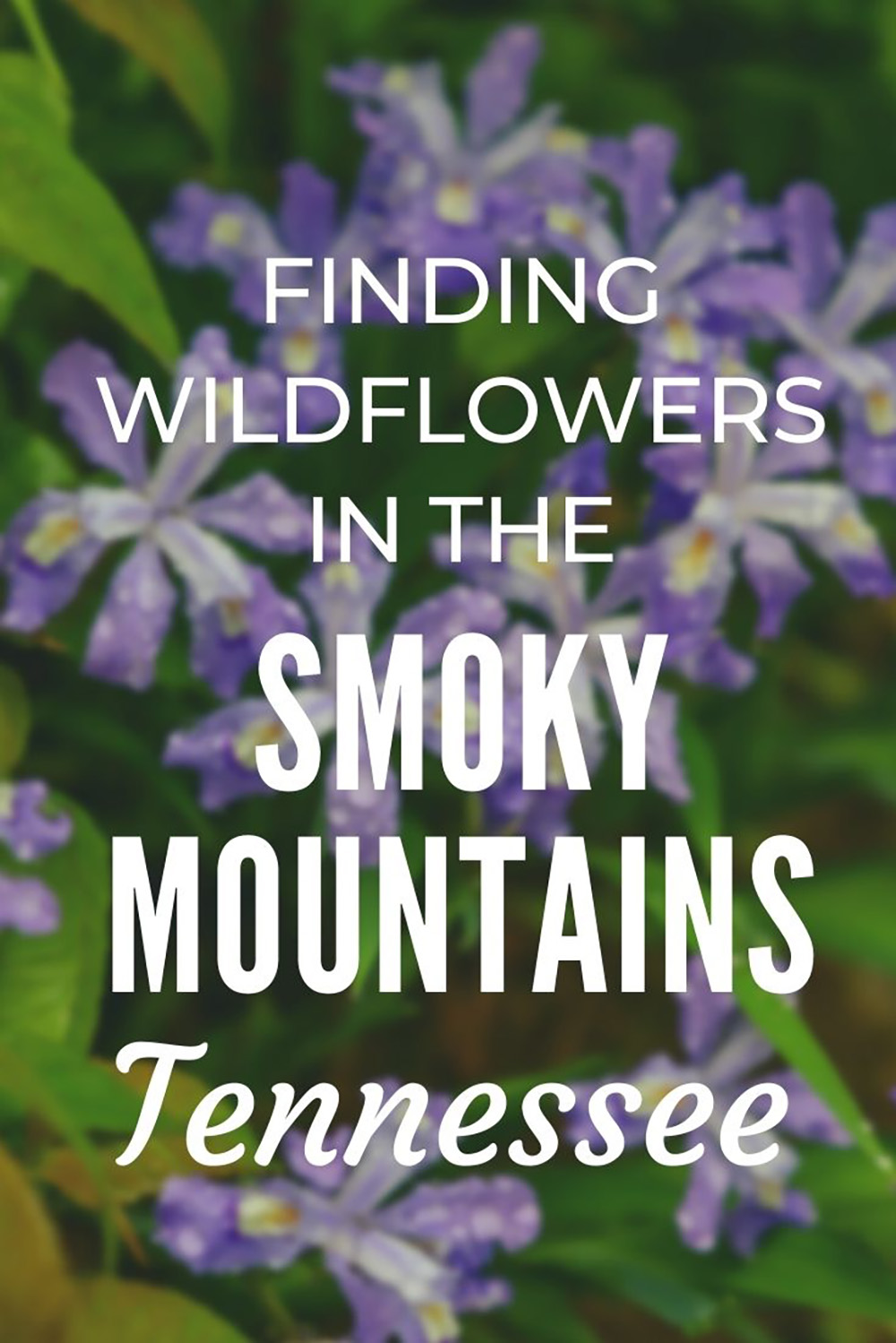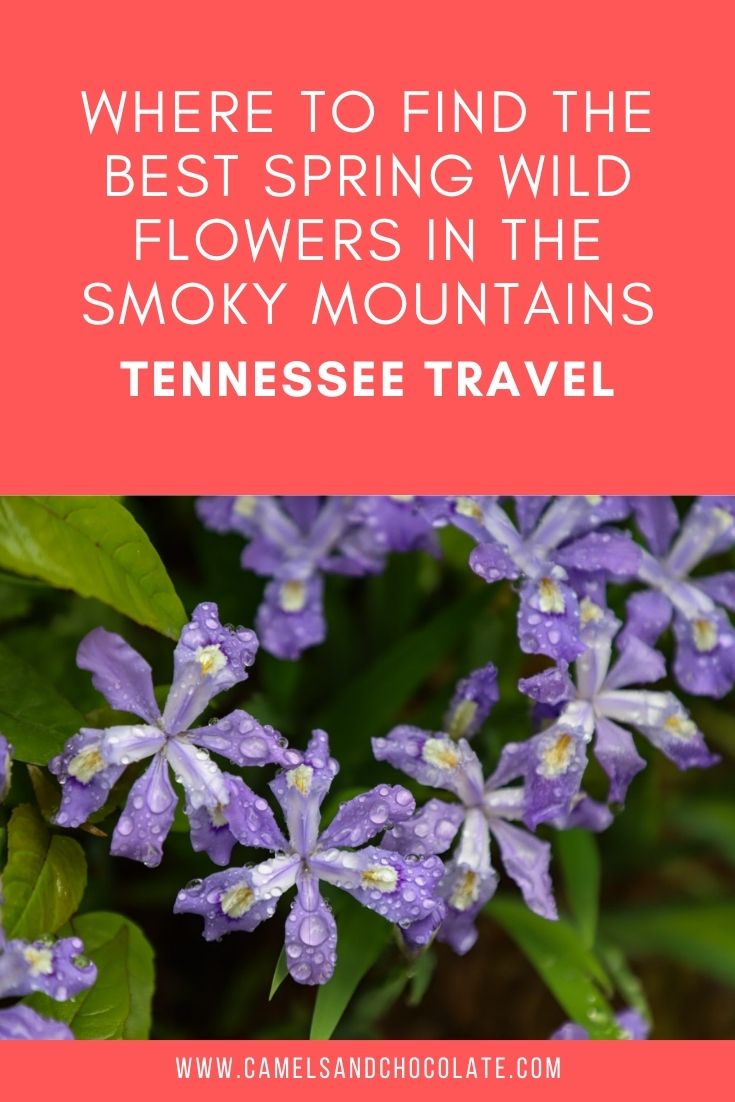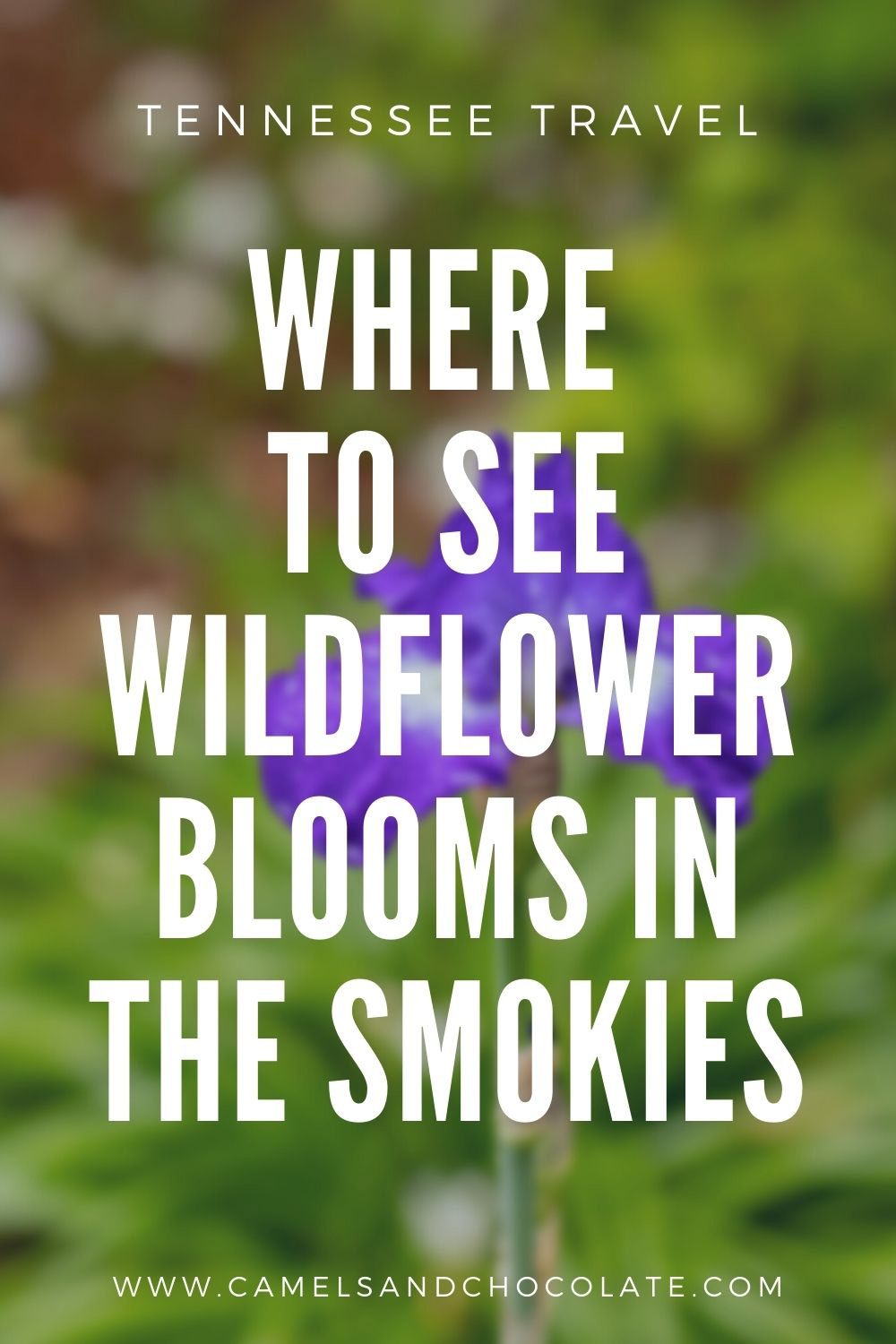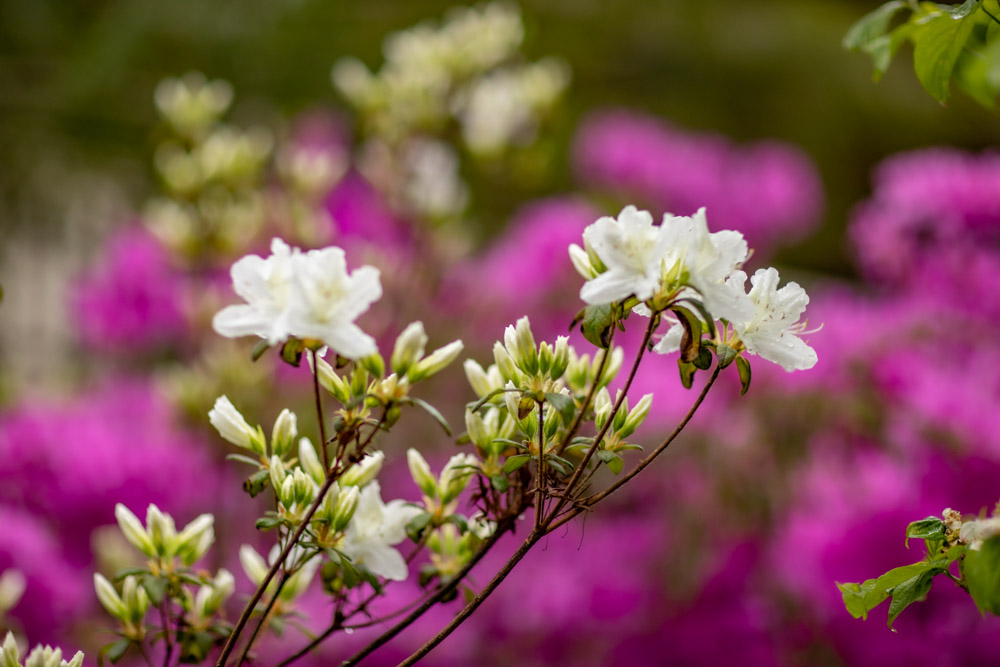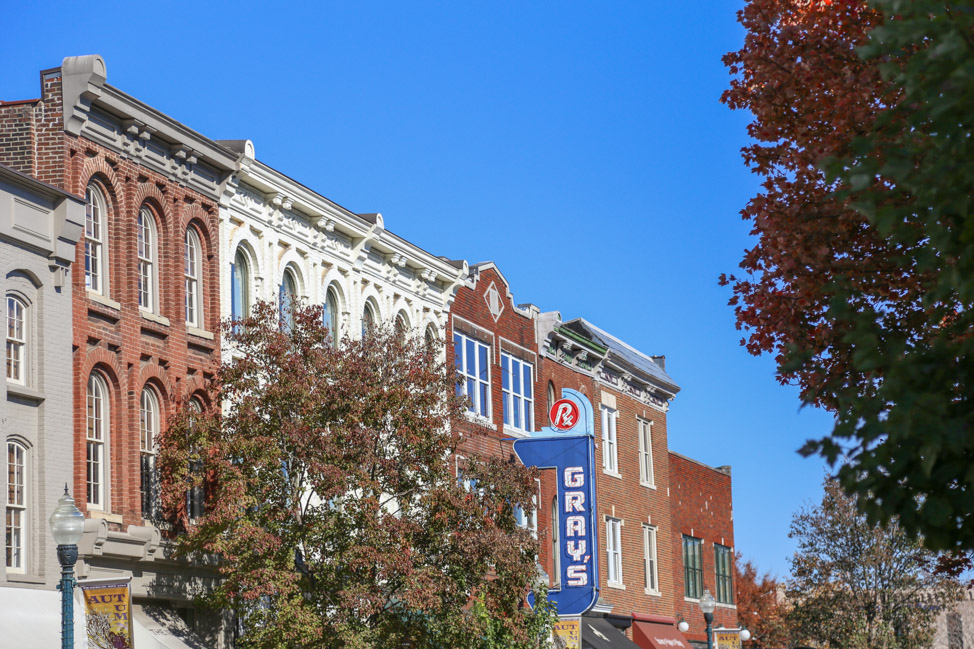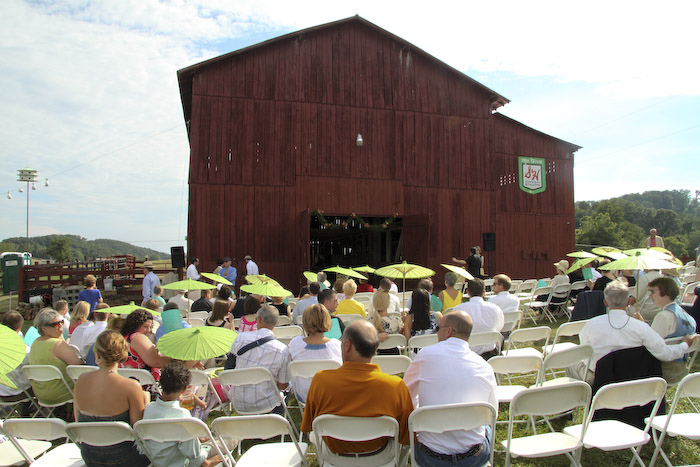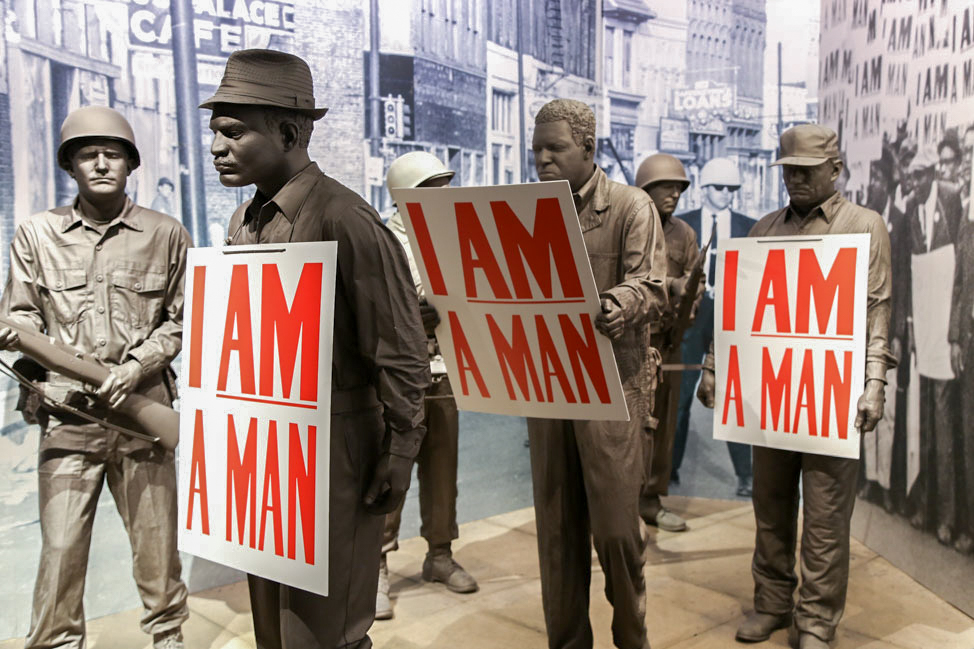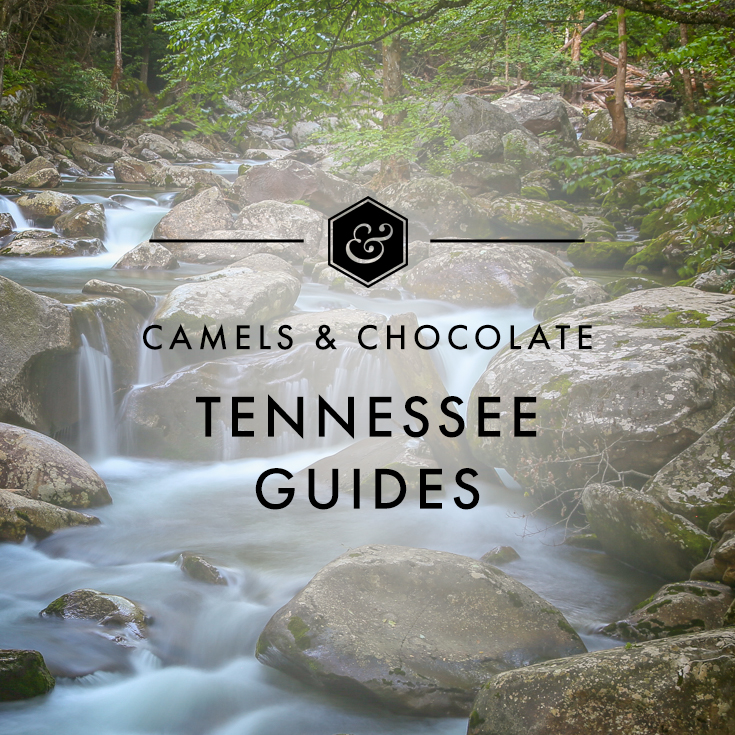Seeing the wildflowers in the Smokies at their peak is always a huge bonus to visiting Townsend and Great Smoky Mountain National Park in the shoulder season of late spring, and if you’re visiting in March or April, you might just get lucky and unearth a tapestry of color just outside of Gatlinburg. You may also want to visit during the Spring Wildflower Pilgrimage, which takes place this week.
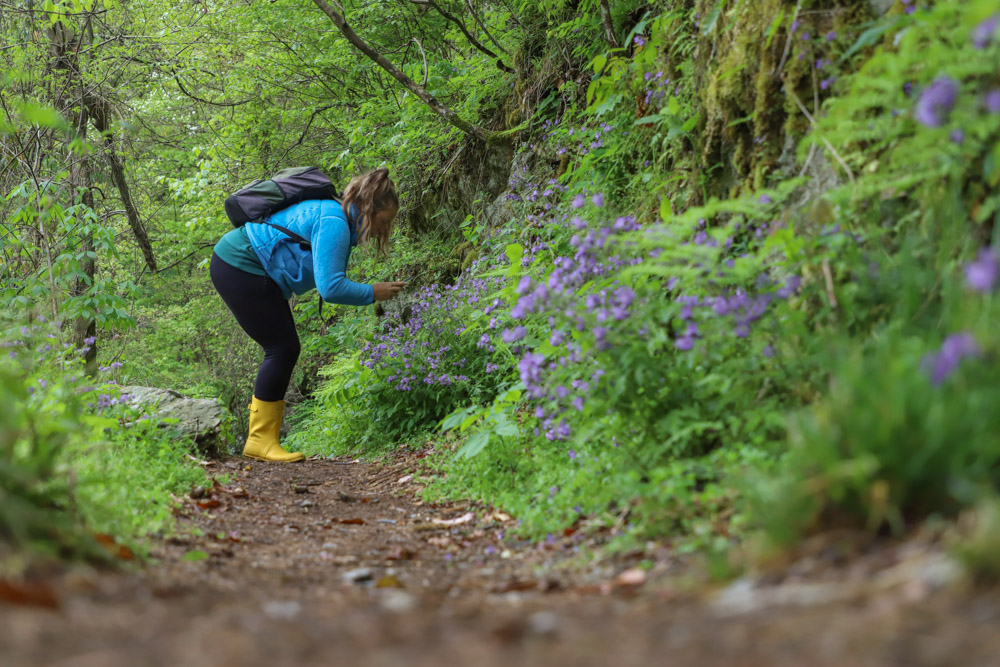
This post was last updated May 2024.
When is the best time to see wildflowers in the Smokies?
Like everything with the outdoors, timing comes down to Mother Nature. We’ve had a lot of relatively mild winters and early springs over the past few years, so the flowers seem to bloom earlier than ever. We have also had a lot of rain, meaning the colors are popping.
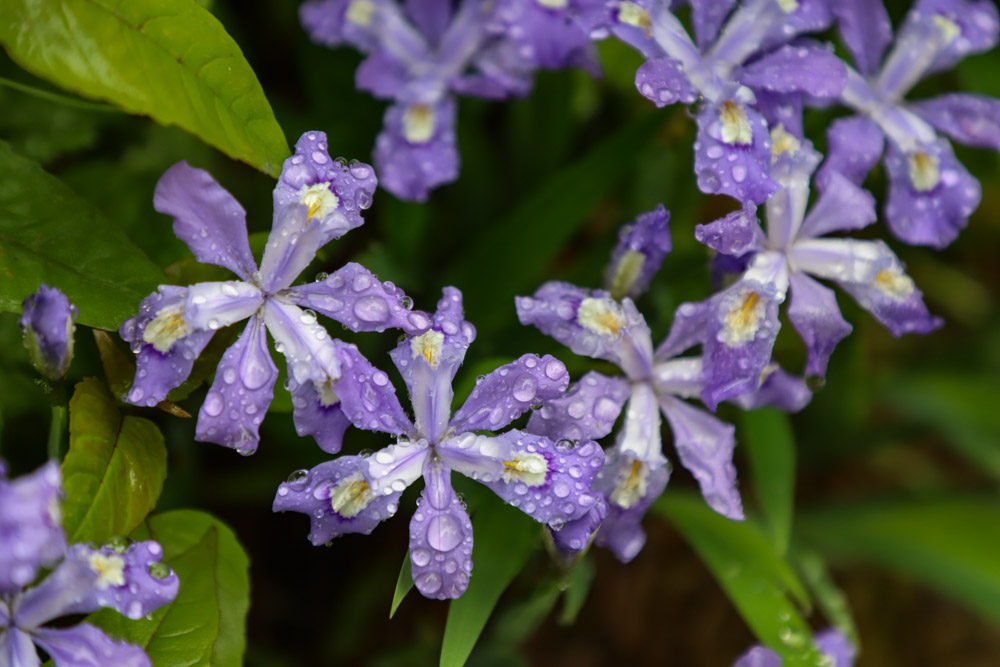
In a normal year, you can see wildflowers in the Smokies anytime from February through September with peak wildflower season in mid- to late-April and into May. I personally think mid-April is the best time to plan a trip to see wildflowers in the Smokies, though Great Smoky Mountain National Park does hold its annual wildflower pilgrimage during the beginning of May each year.
Some wildflowers you can expect to see in the Smokies include:
- Yellow trillium
- Painted trillium
- Crested dwarf iris
- Showy orchis
- Dutchman’s britches
- Violets
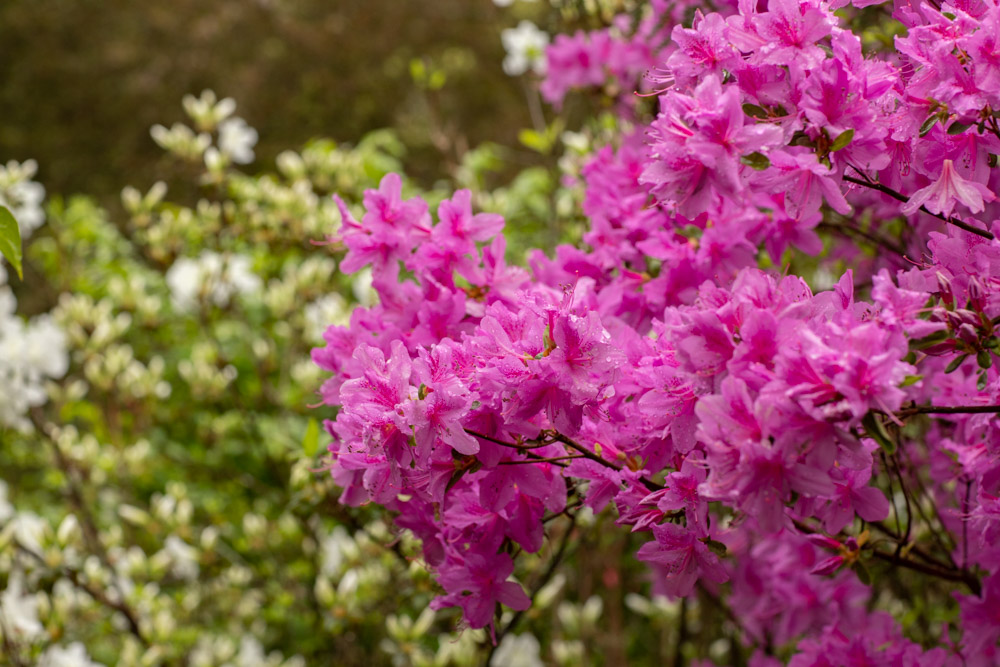
The good news, though, is that even if you miss out on the spring wildflowers, the Smokies have flowers that bloom all year long from late winter into the following fall. What I’m saying is that April is not your only chance, not by a long shot.
Where to see wildflowers in the Smokies
If you fancy yourself a hobbyist botanist or simply love to frolic among the blooms, you’re in luck as the Smoky Mountains boast more than 1,500 species of flowers.
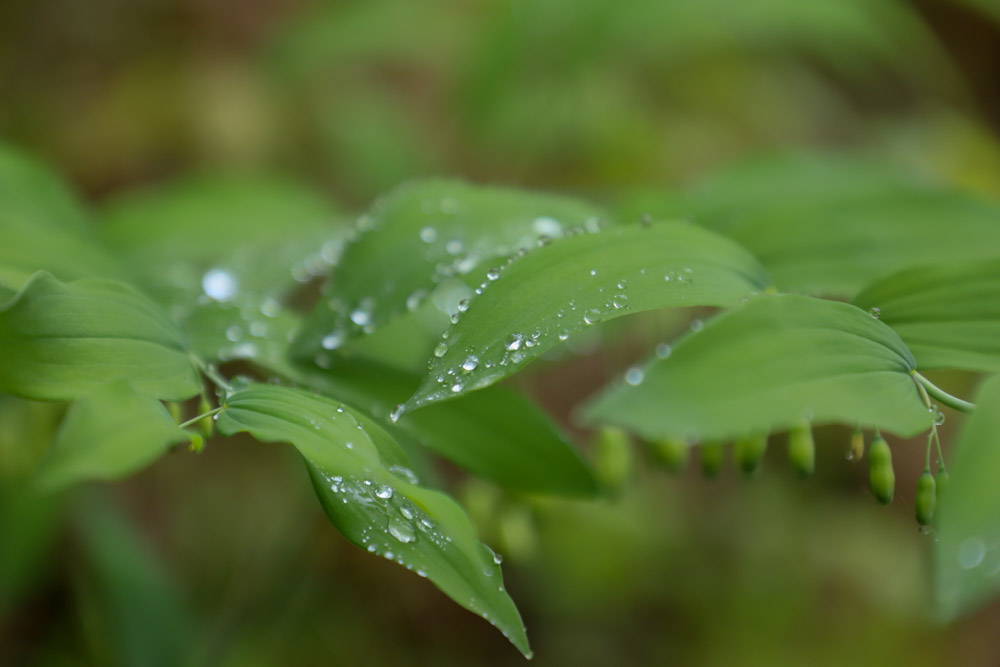
Last week, I set off on a solo outing into the Smokies for the day to see what flowers I could find. And while I was surprised by un-forecasted rain, that didn’t stop me from hiking some of the easier trails that weren’t too slick and finding plenty of color peppering the trails.
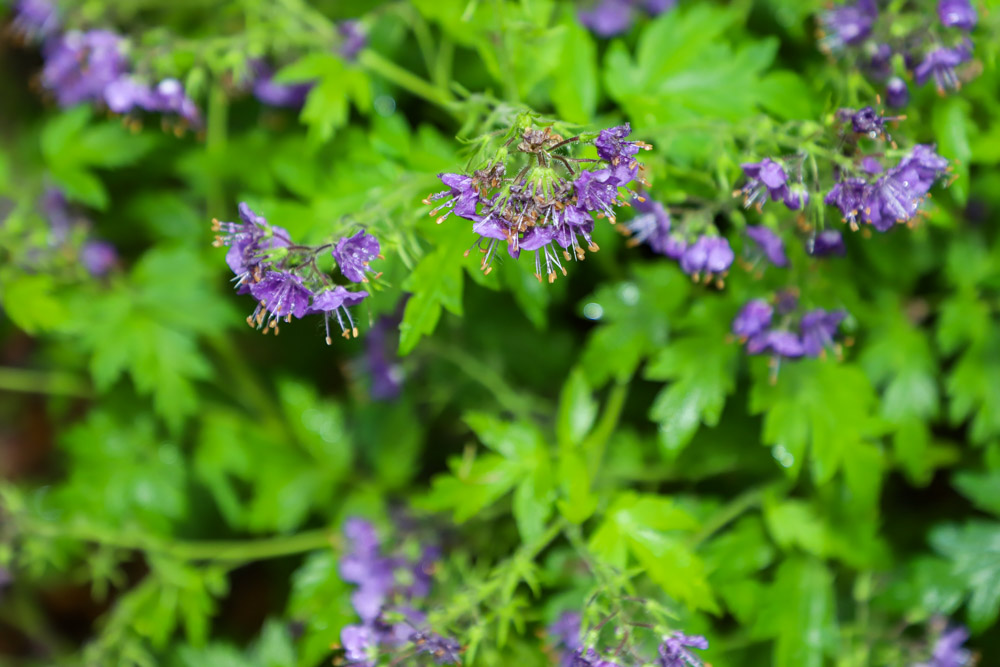
Before you venture into Gatlinburg and Great Smoky Mountains National Park—which is free to visit save a parking fee of $5; a parking pass is required and can be purchased online, via the kiosks or at the many visitors centers—stop by the Townsend Visitors Center, which is chock full of information (and possibly your last chance to use modern facilities should you need a bathroom break). Not only will you want to pick up a paper map as your service will drop the second you leave Townsend, but the visitors center employees will be able to tell you which hikes have flowers in bloom right this very moment.
You can also download maps and a guide to the area on your phone here.
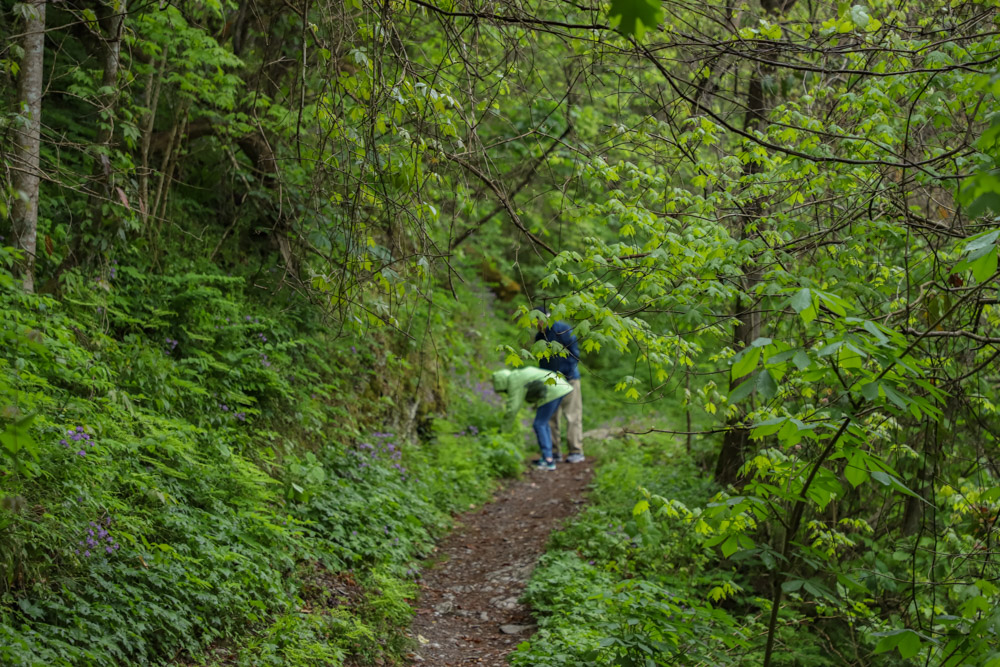
Due to unforeseen weather conditions at the time of my visit, the kind lady at the visitors center directed me to a couple of easy hikes that still had visible and easy-to-find blooms. And as in the South, you may be traveling solo but you’re rarely alone; it didn’t take me long until I had befriended a South Carolina couple and their friends from St. Louis who knew far more about the native flora in my area than I did.
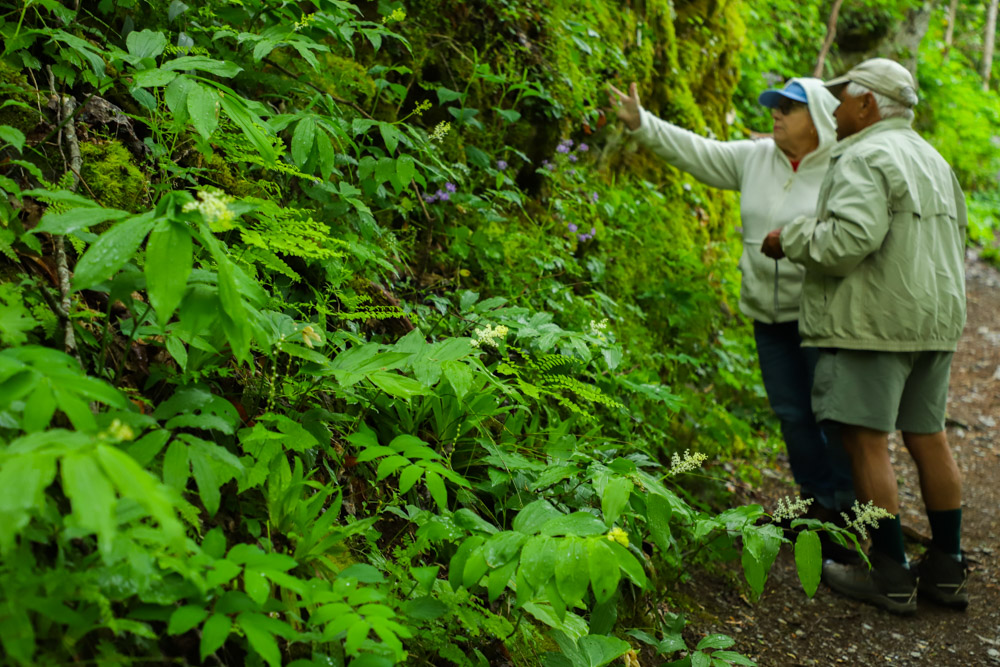
Chestnut Top Trail
This is the closest hike to Townsend; just past Little Arrow Outdoor Resort and right before the Townsend Y (or “Wye” on Google Maps), you’ll see a large parking area and the trailhead to Chestnut Top Trail.
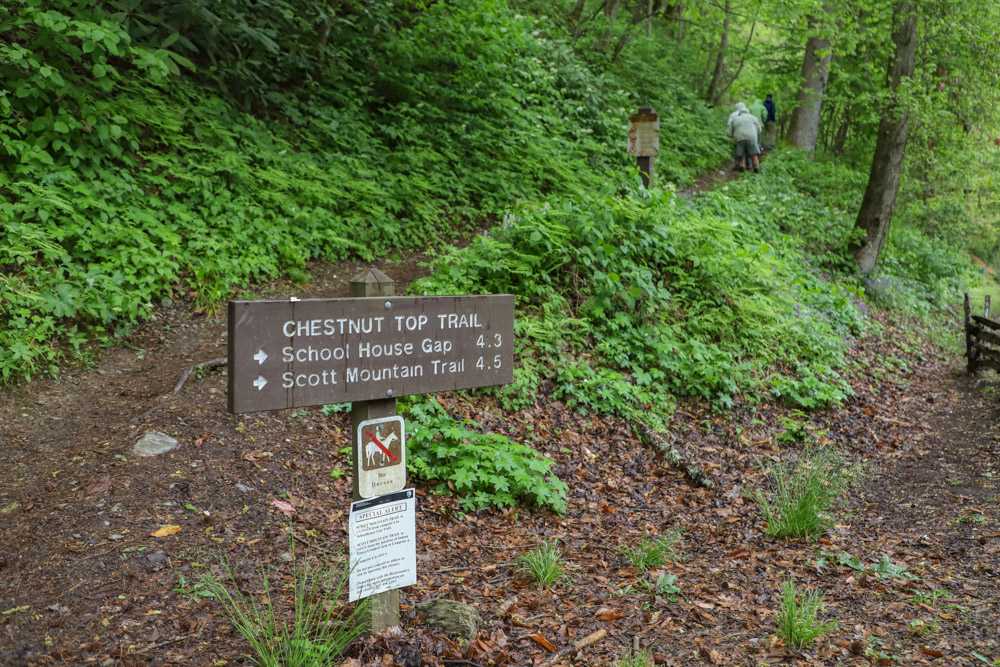
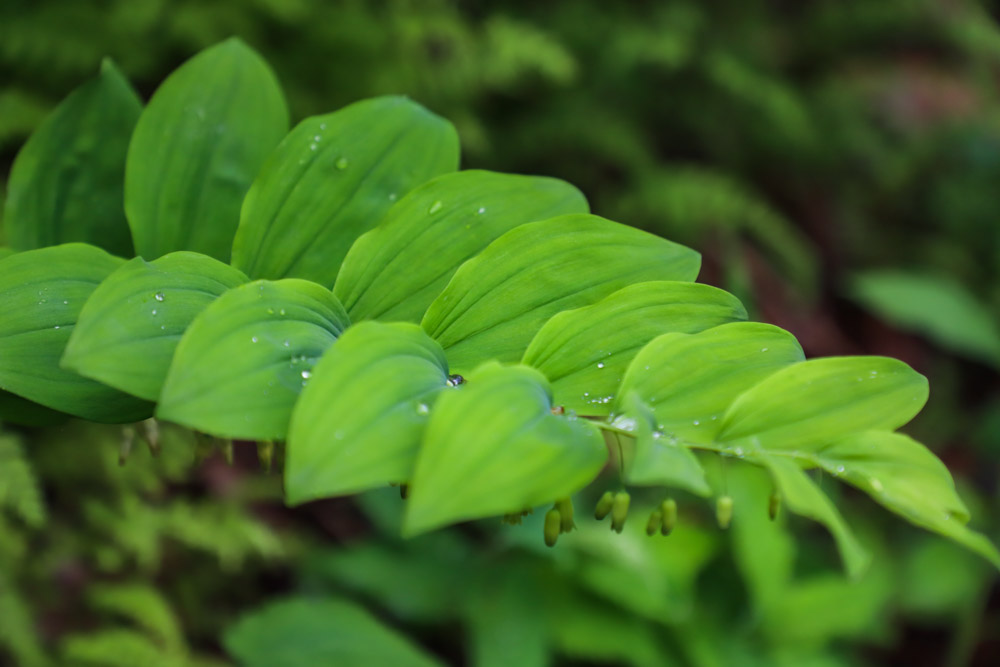
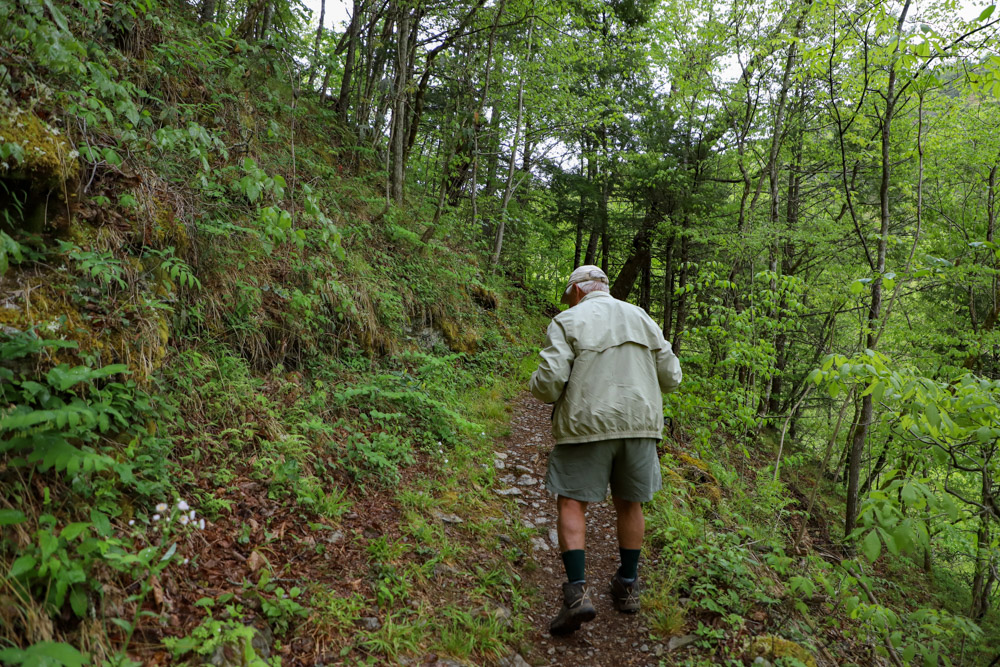
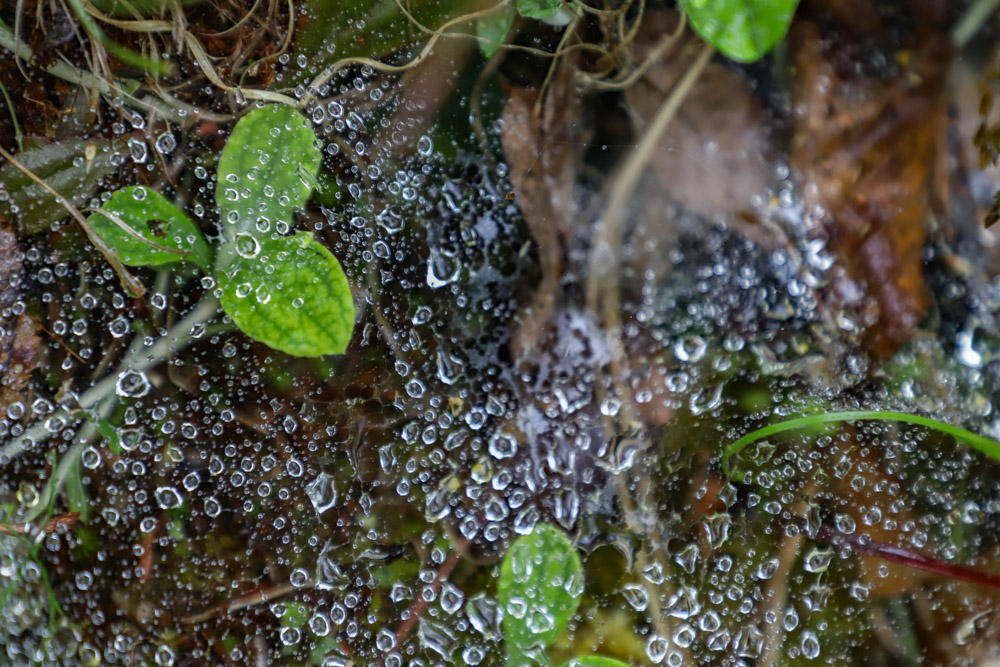
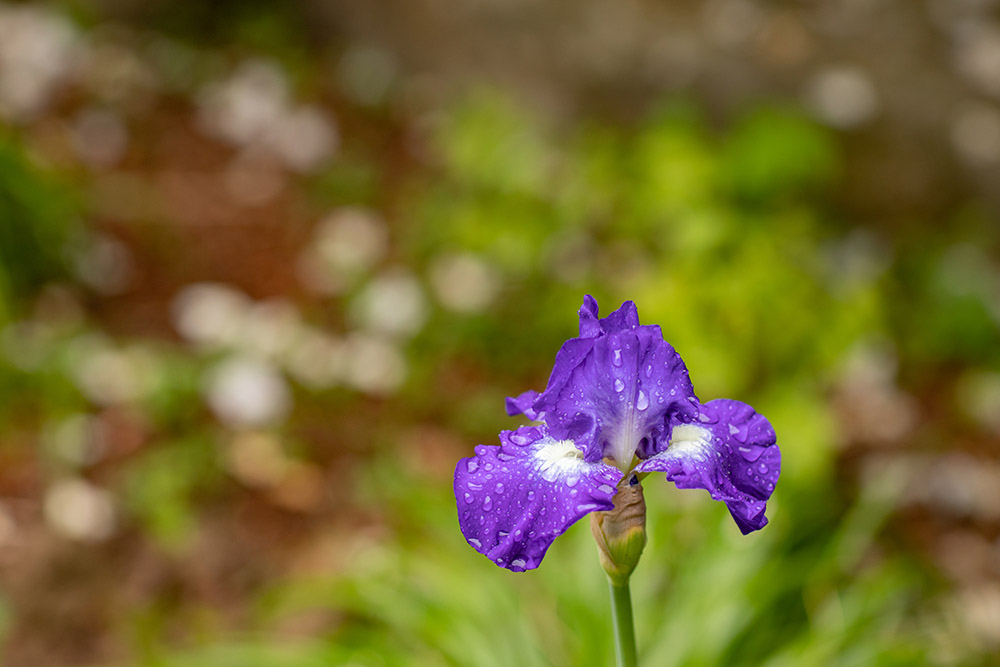
While the whole trail is 8.6 miles out and back with an elevation gain of 1486 feet, don’t let that deter you. It’s a moderate incline in the beginning, and you can take a 10-minute stroll up from the trailhead and see about every kind of wildflower you could want.
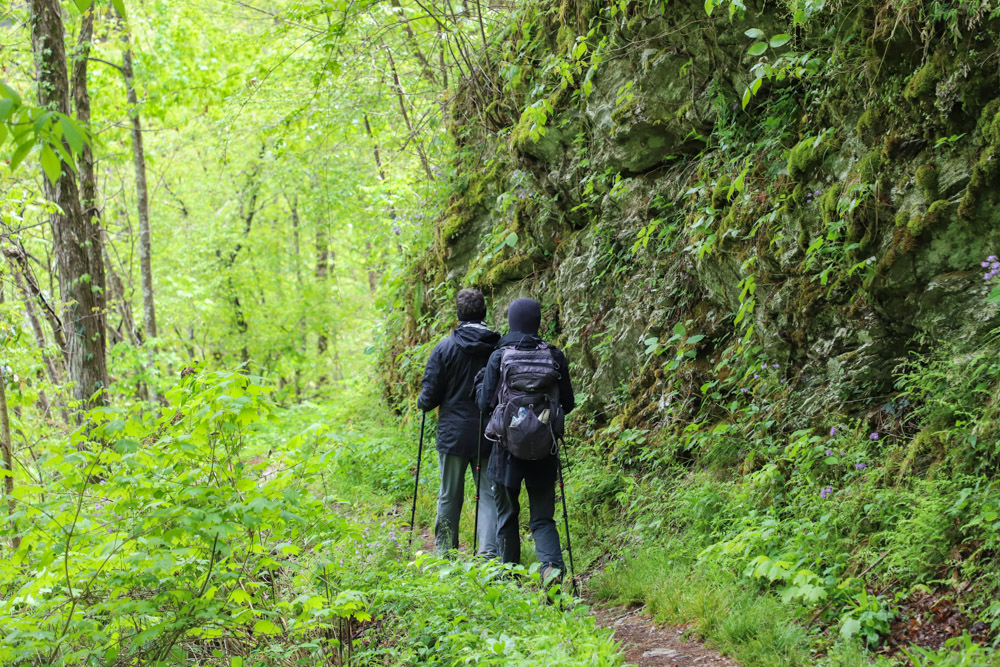
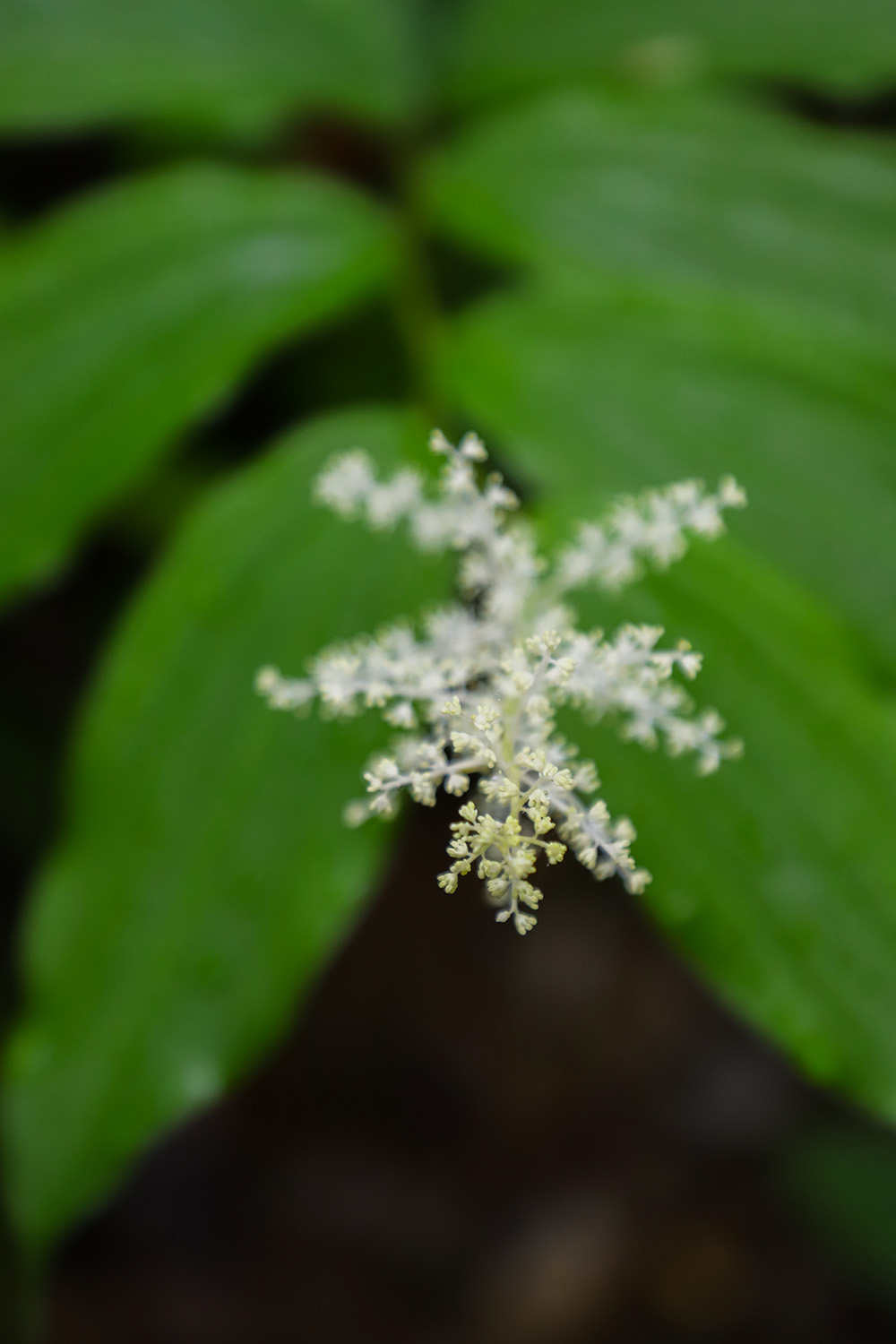
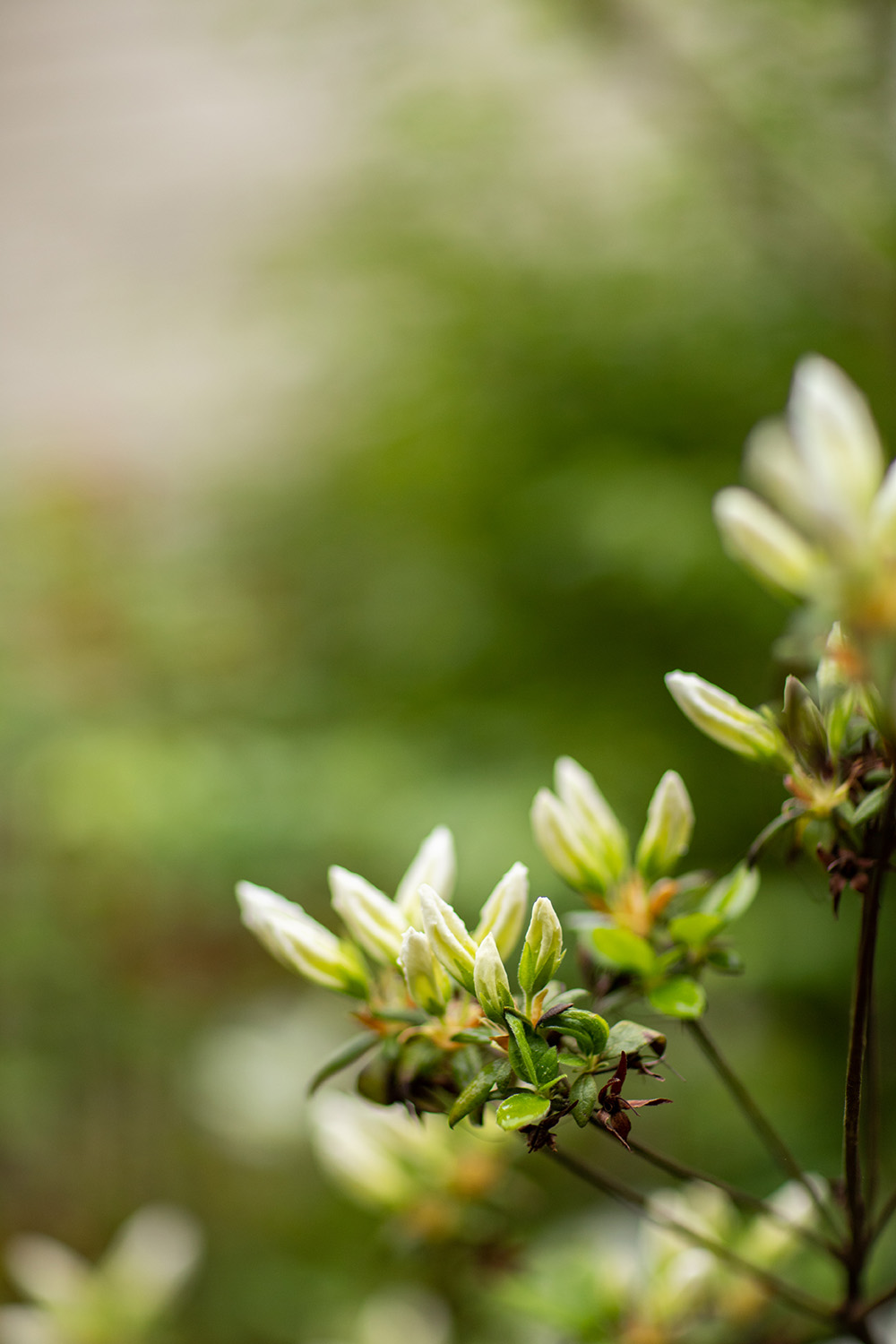
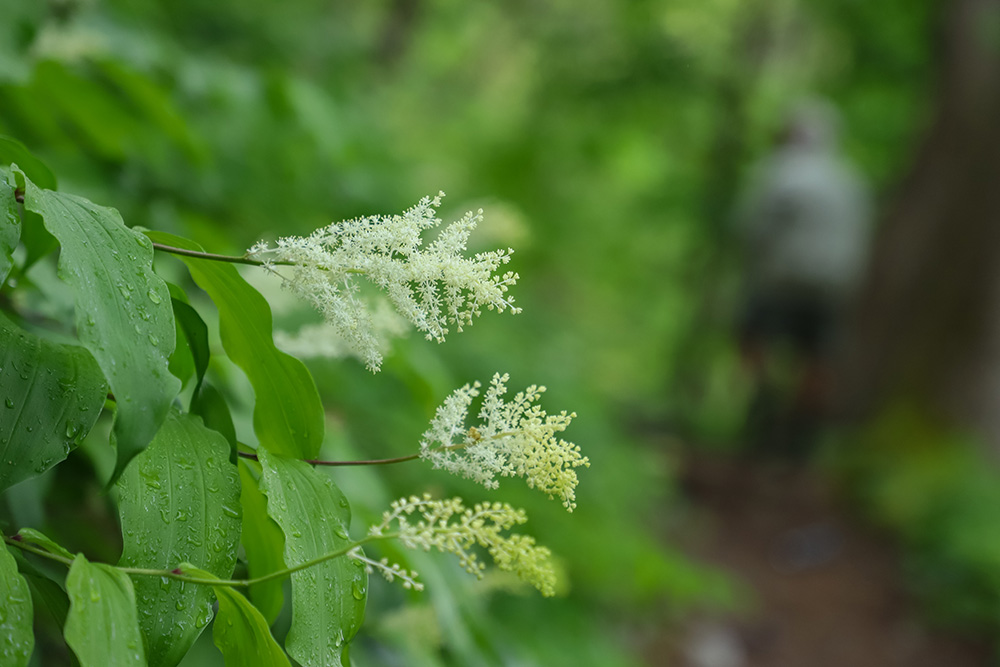
Tremont Institute
The Great Smoky Mountains Institute at Tremont is a year-round residential environmental education center, and while it’s currently operating at limited capacity, I did stop there to pick up some information and look into the trails.
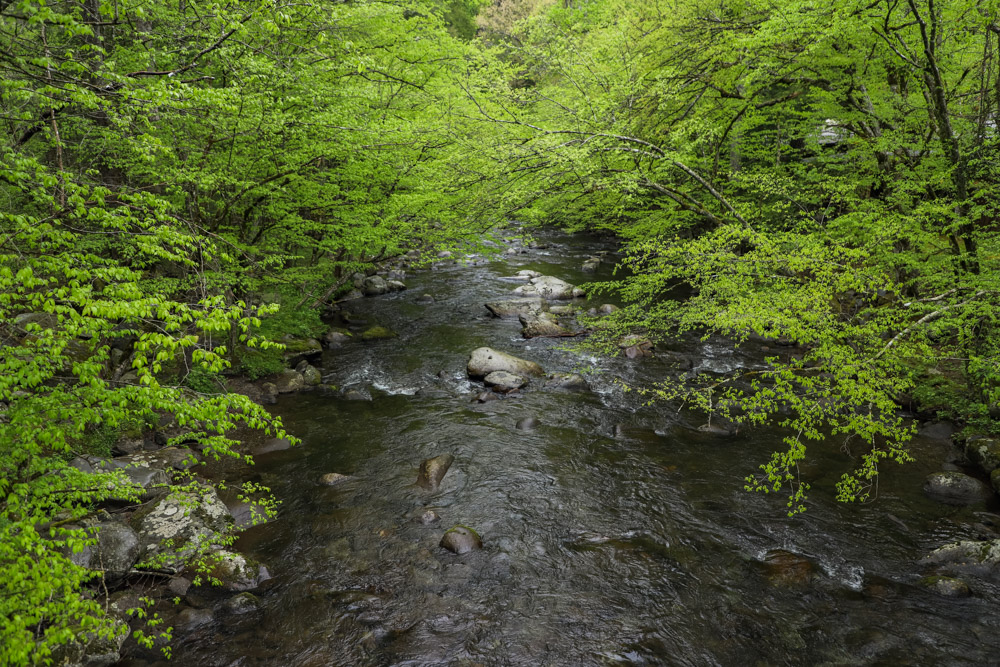
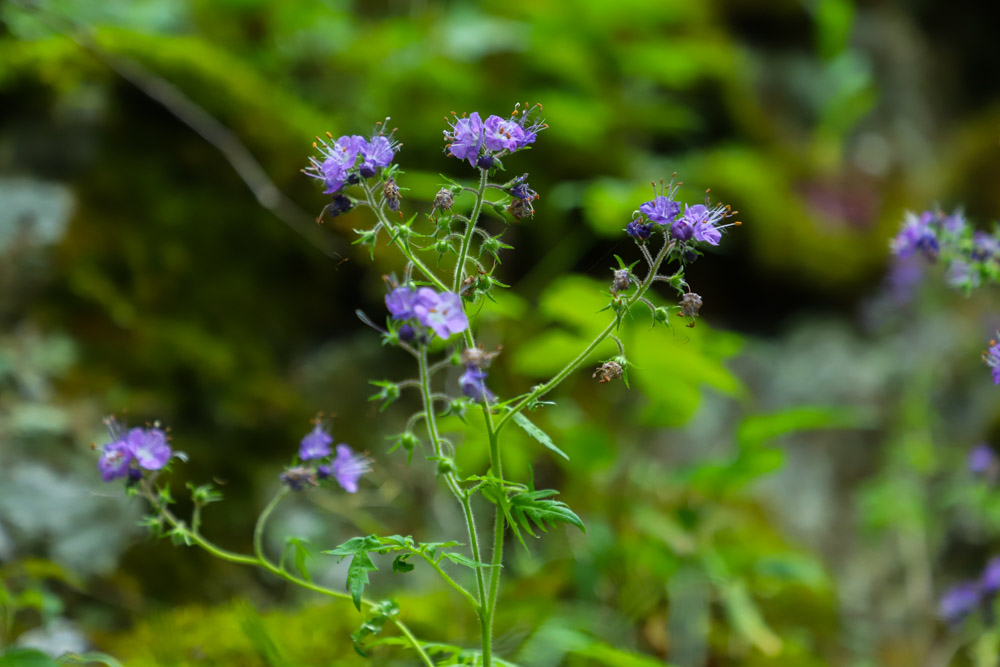
Though the hike is just a mile and a half round-trip with a 460-foot elevation gain, I wasn’t prepared with adequate rainy weather hiking boots, so I just wandered up the trail to Spruce Flat Falls a short way. However, this is a trek I plan to return to the second I’m back in the Smokies.
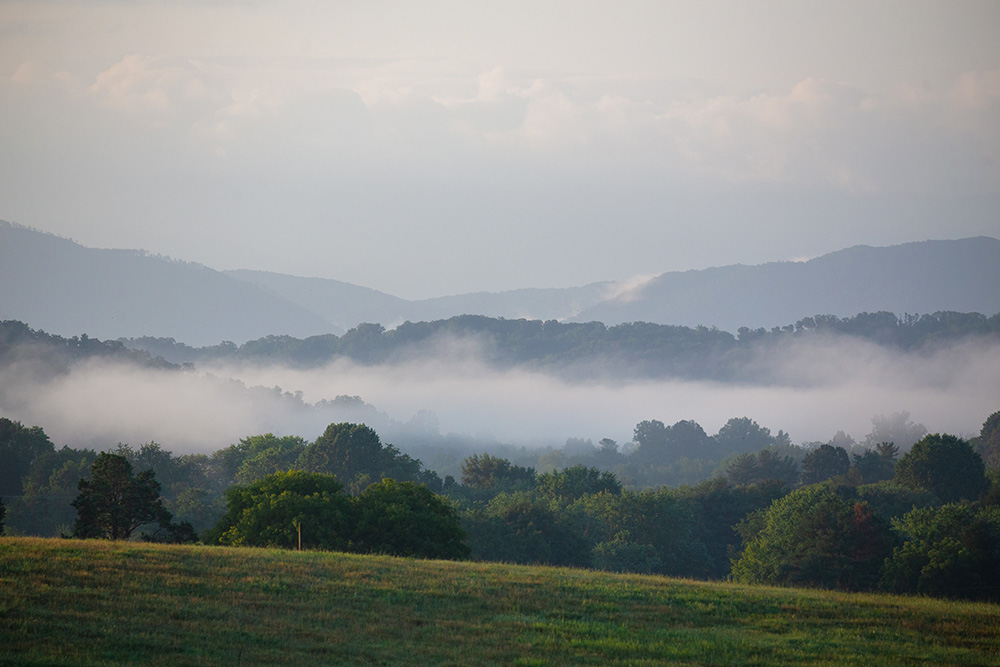
In Tremont, you can also pick up the Middle Prong Trail, which passes by three major waterfalls and other water features, as well as myriad wildflowers on the first couple miles of the trail.
Cades Cove
Cades Cove is most notably one of the most popular bike rides in the Smoky Mountains. It’s also prefaced by a windy, at times slow, road that often has traffic in peak months. There are many places like Gregory Ridge Trail that you can pull off along the Cades Cove Loop to get your wildflower fix.
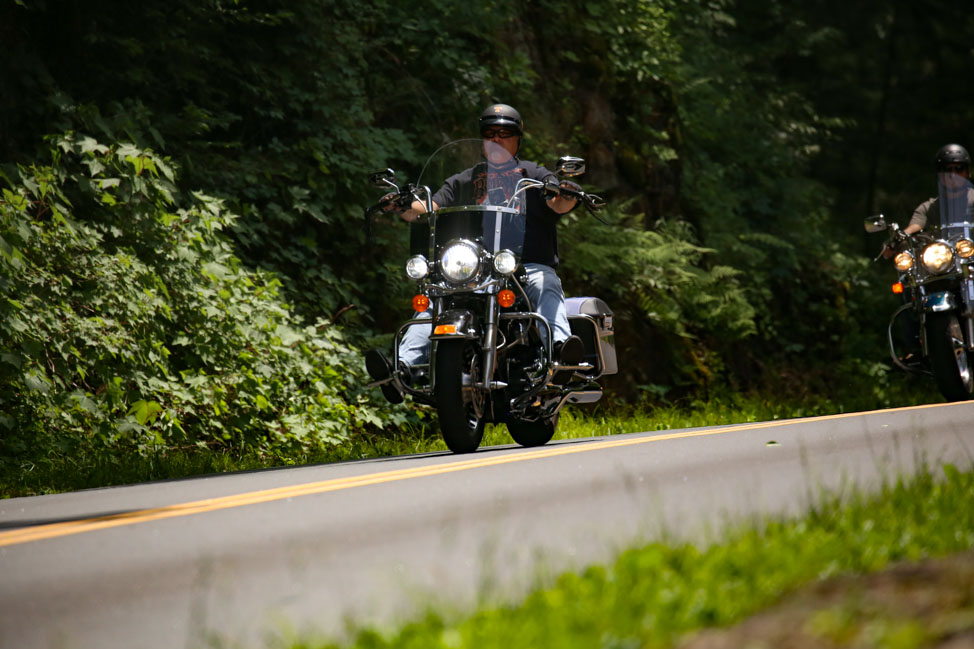
Turkeypen Ridge is one hike the visitors center directed me toward to see wildflowers by the thousands. Off of Laurel Creek Road headed up toward Cades Cove, it’s a relatively easy four-mile loop and hikers have reported seeing azaleas, rhododendron, mountain laurel, galax, wood vetch, trillium, crusted dwarf iris, pinkroot along this route.
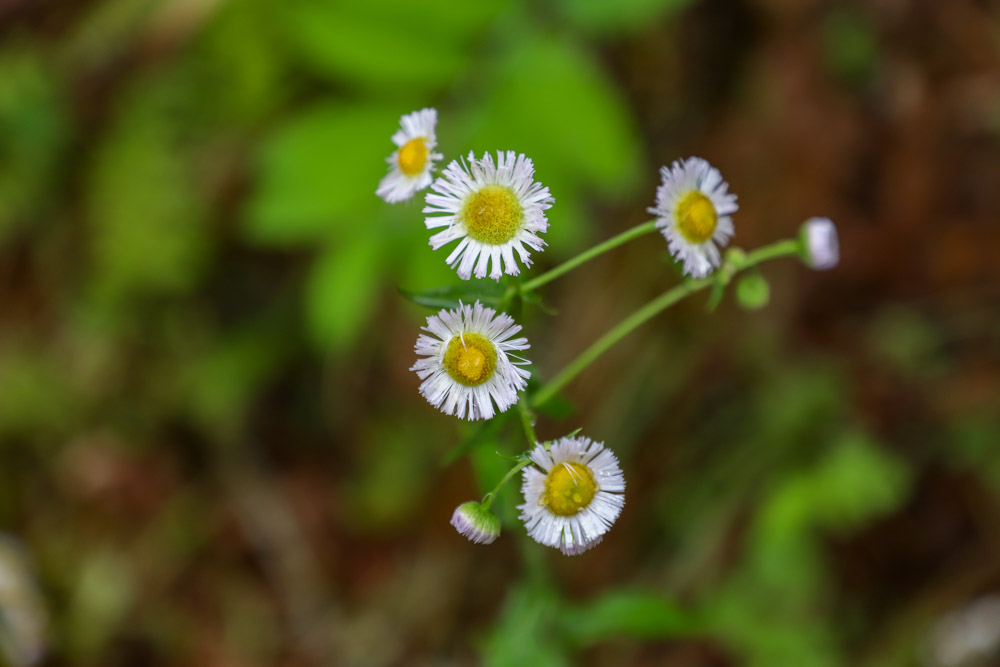
Schoolhouse Gap Trail is another easy trail nearby where wildflowers carpet the ground.
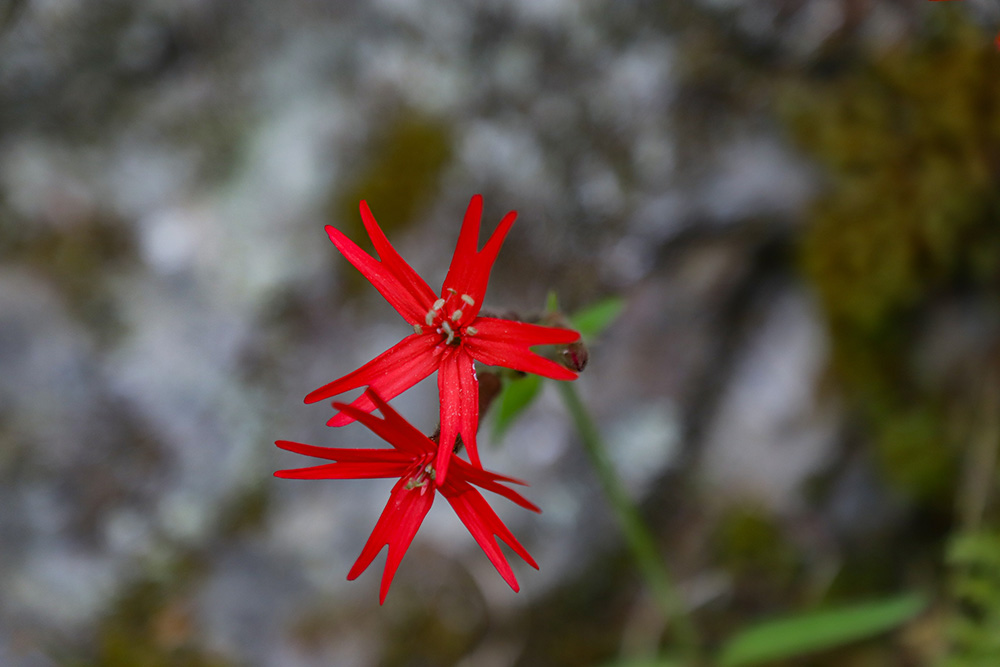
Foothills Parkway
A federal project that has been in the works for the better part of the century, Foothills Parkway is one of the highest (and most scenic) byways in this section of the Smokies. It’s also the oldest unfinished highway project in Tennessee.
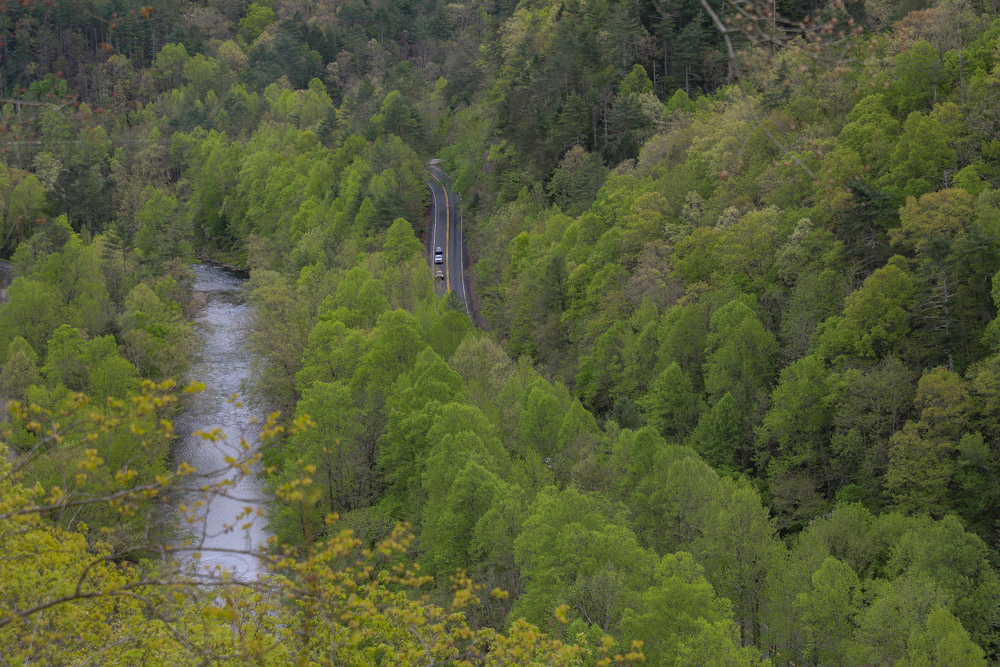
And while there are still unfinished sections of the 72-mile corridor, you can now hop on the latest completed extension—a 17-mile stretch along US 321 from Walland to Wears Valley—from the northern end of Townsend and, within minutes, will be granted views like this.
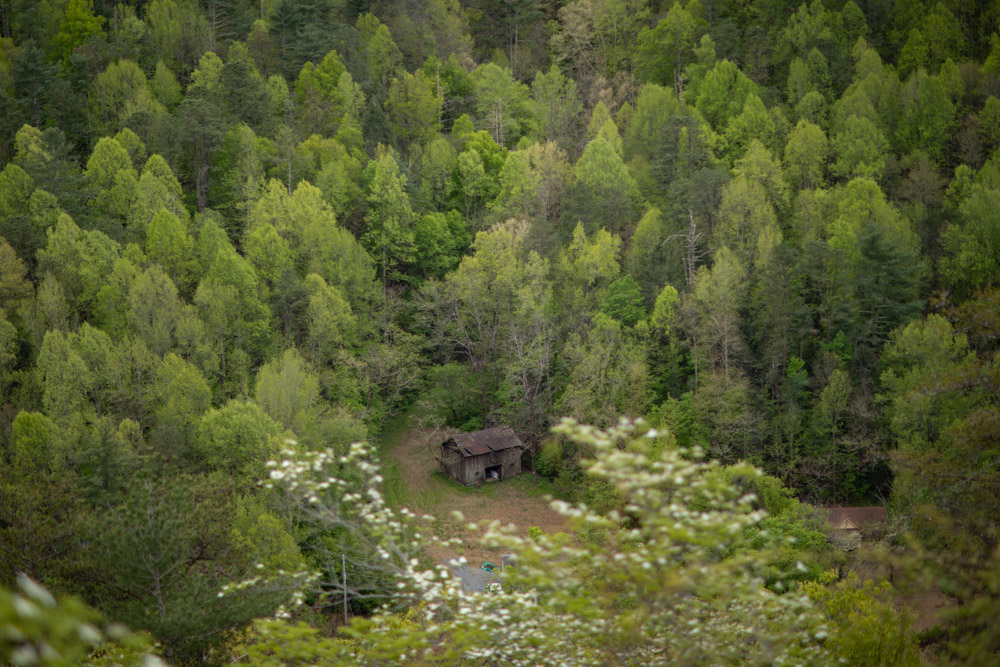
Here are some other hikes the National Park Service recommends for seeing wildflowers in the Smokies.
Where to stay in the Smokies
You have every type of lodging available to you in the area around Townsend: luxury, glamping, rustic retreat, vacation rental.
These three are a few of my favorite places to stay in Townsend after many visits to Blount County over the years.
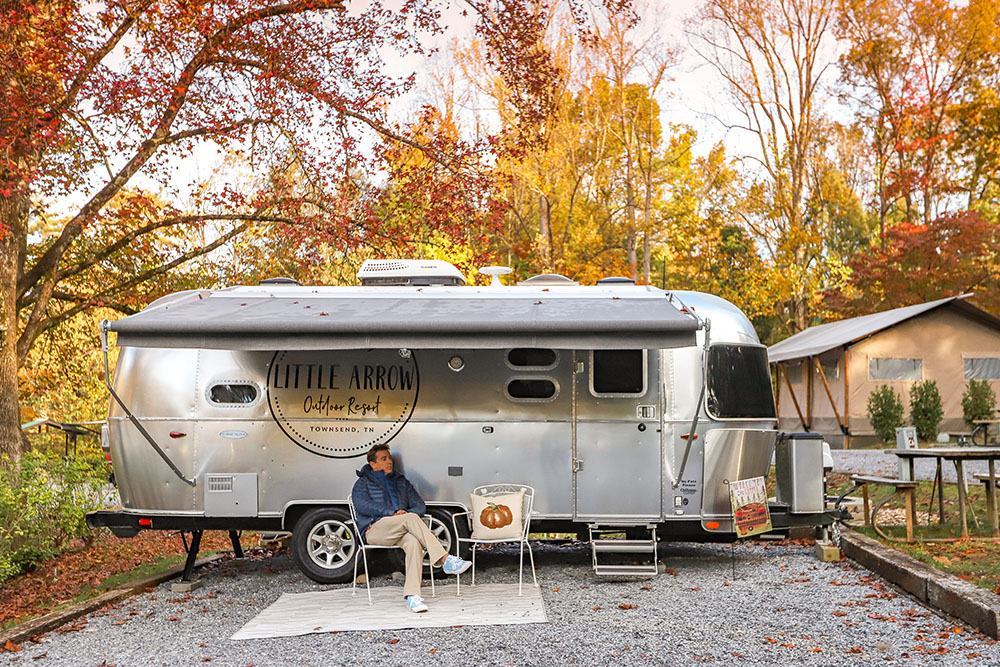
Camping in the Smokies: Little Arrow Outdoor Resort in Townsend
When I first heard about Little Arrow opening a few years ago, I’ll admit that my first thought was: does the glamping trend really have staying power? And while, sure, glamping is definitely a part of Little Arrow, this is so far from merely indulging a trend that I was thrilled to be wrong on this occasion because Little Arrow is spectacular.
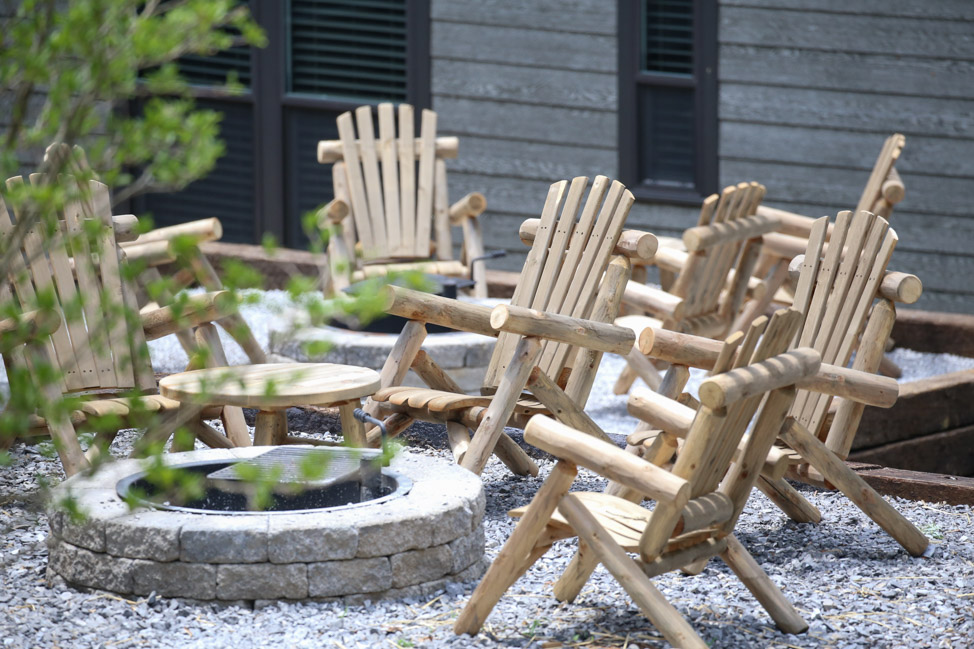
Occupying a magical piece of real estate that already served as a campground prior to new ownership, Little Arrow sits just minutes from the entrance to Great Smoky Mountains National Park. While, sure, it’s technically a campground, the “outdoor resort” part of the name is important: Backed by the Clayton family of Clayton Homes, Little Arrow also has amazing glamping tents, tiny homes, cozy cabins and even a pair of very Instagrammable Airstreams available for rent.
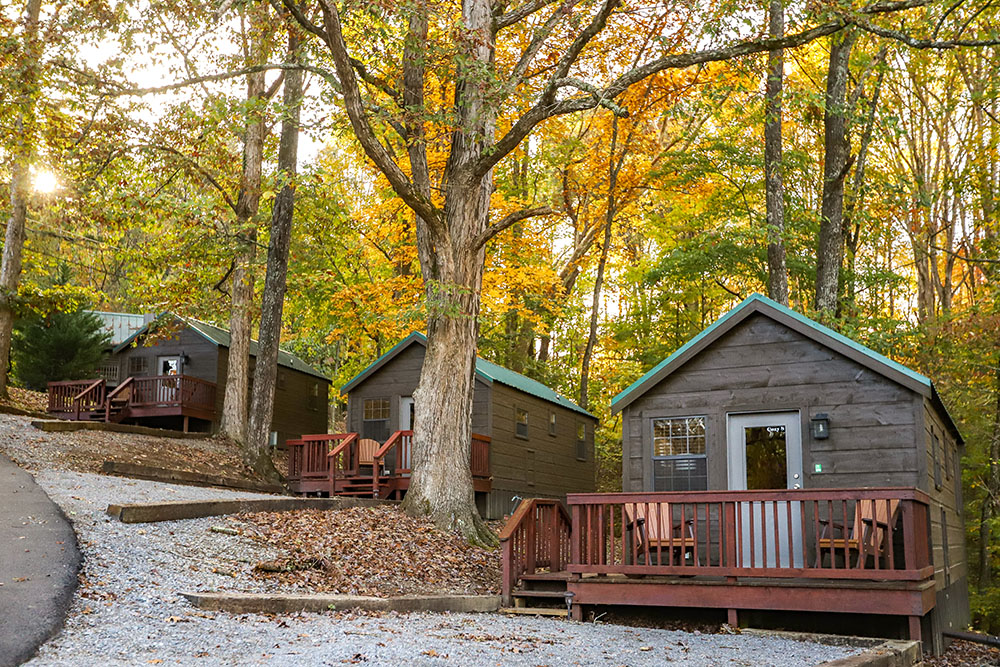
Of course, if you’re an RVer or all about that van life, there are plenty of tent and campsites and hookups from which to choose. Little Arrow really does have a lodging option for everybody, and I can’t even believe how elevated this place is (step foot into the bathrooms, and you’ll know what I mean—particularly if you’ve stayed in other campgrounds across the United States!).
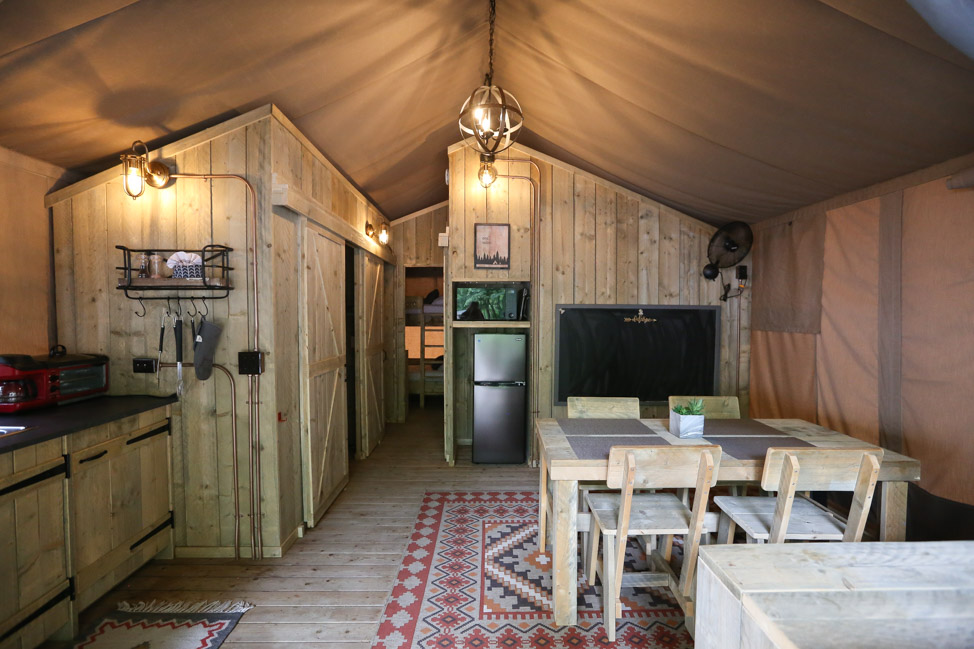
Mother-daughter team Carmen and Cassie run the day-to-day, and you couldn’t ask for better hosts and tour guides. They also have a store on-site, as well as a pool that’s getting a major glow-up this summer. Little Arrow is dog-friendly and there are pet-sitting options if you need to leave your pup behind while you enter the national park (don’t forget: all national parks prohibit pets from being on the trails).
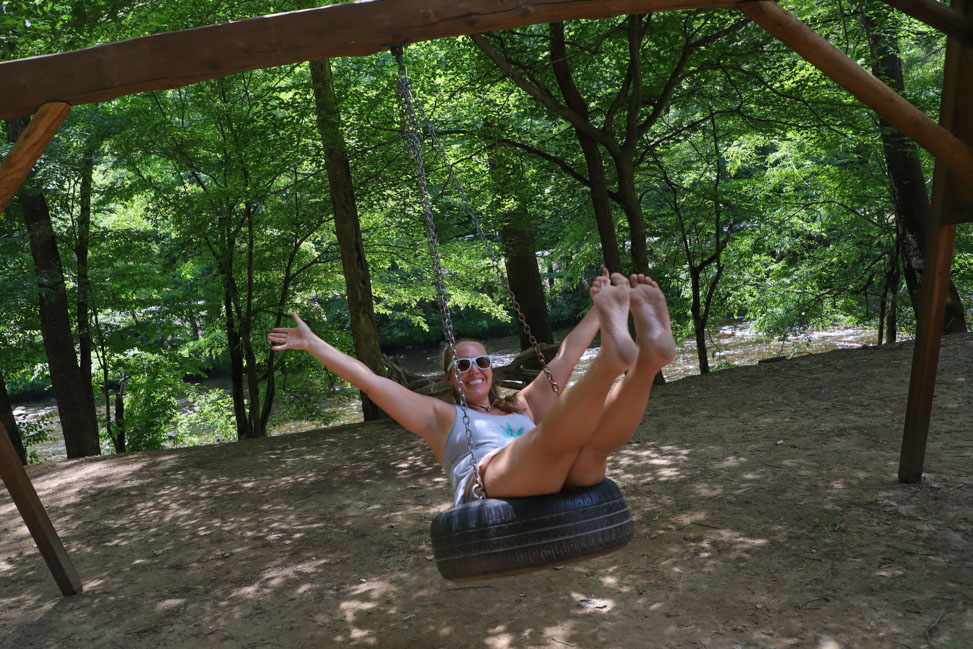
Did I mention that Little Arrow is situated along the Little River, famous for fishing and swimming and enjoying the Great Smokies in all her glory? Honestly, everything about it is just *heart eyes.* Camping with A/C is totally my brand of camping!
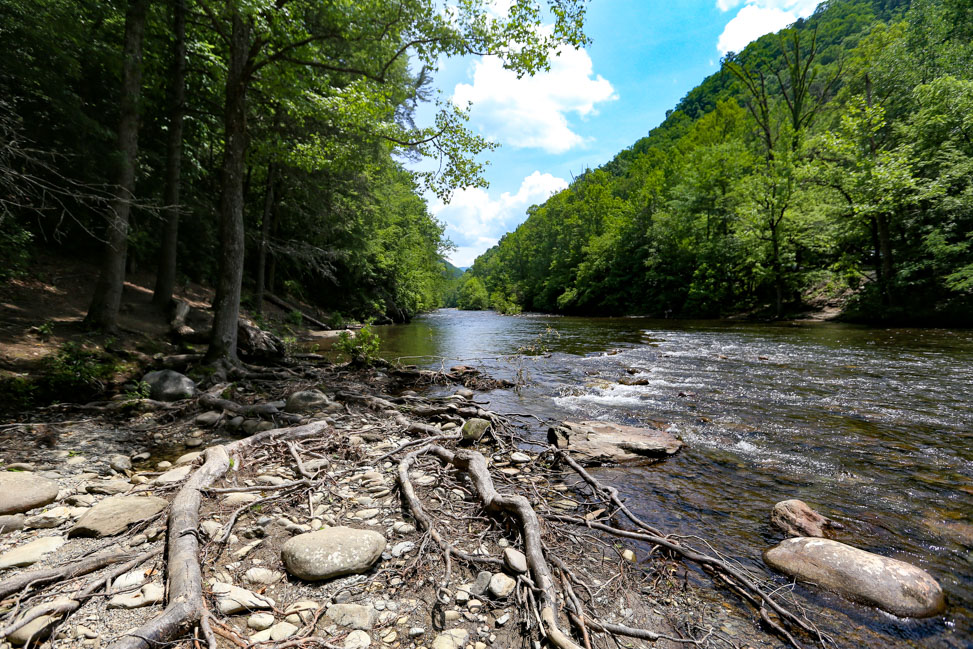
A B&B stay: RT Lodge in Maryville:
RT Lodge is tucked away among the verdant groves of the 140-acre Maryville College Woods, right in the heart of the university campus. For years, it was a corporate retreat for Ruby Tuesday, whose headquarters are in Maryville, and a wedding venue, but was finally opened up for the public to enjoy.
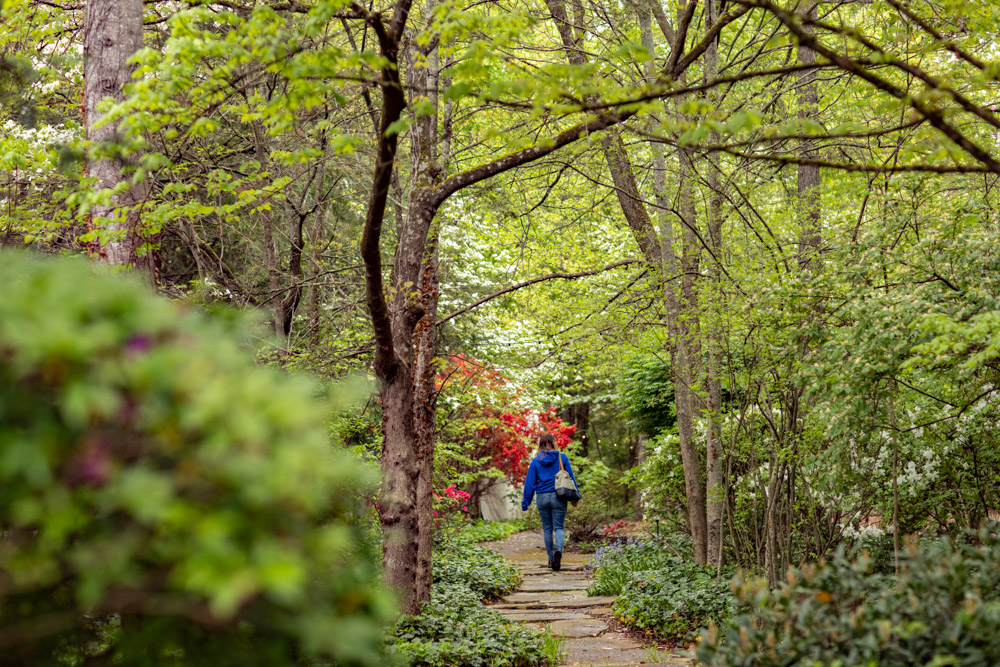
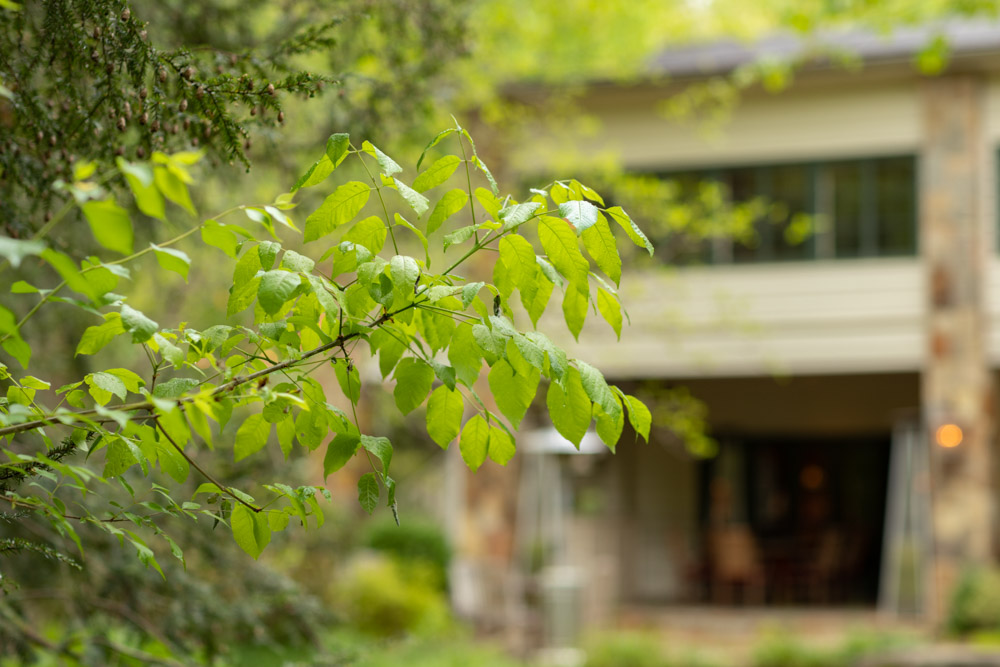
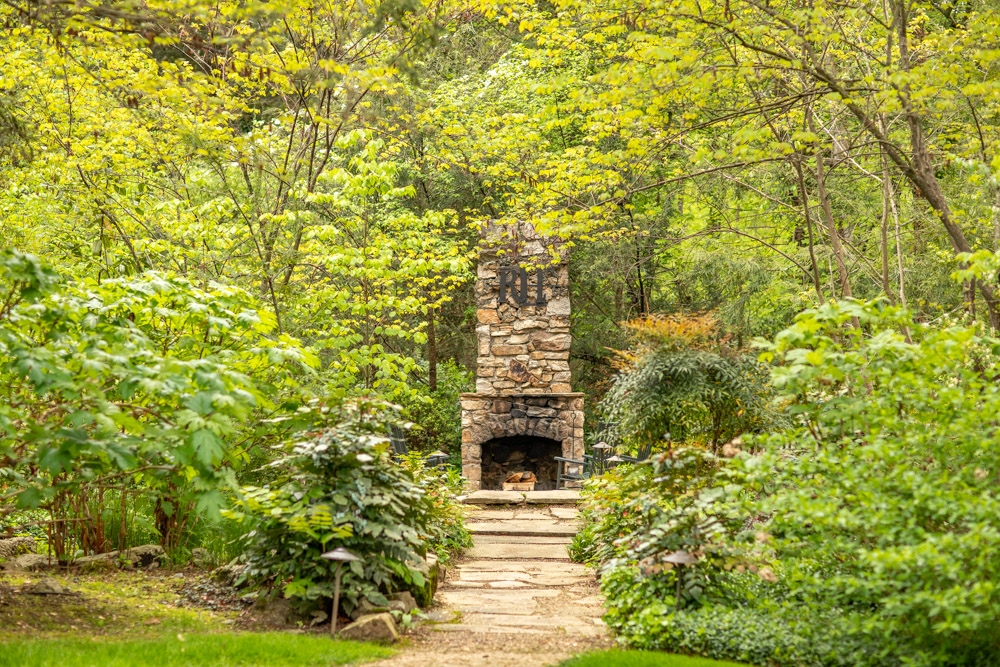
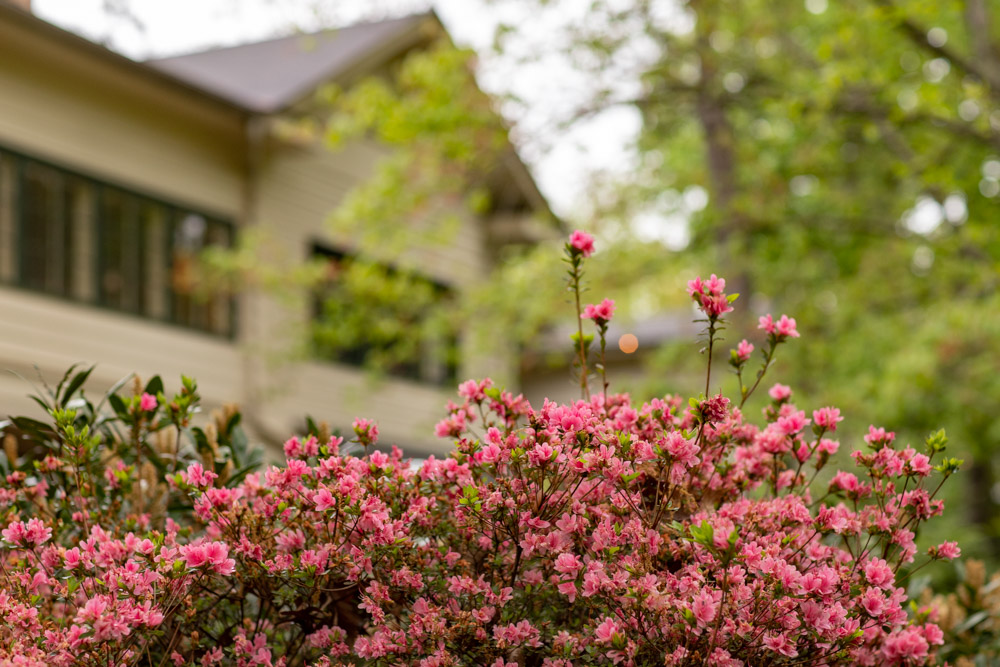
I’ve stayed there three times now, each visit making me fall even more in love with this heavily wooded property. It’s got its own extensive garden, so even if you don’t have time to drive the 25 minutes down to Townsend to see the wildflowers in the Smokies, you can get a great taste of Tennessee spring right here on the property.
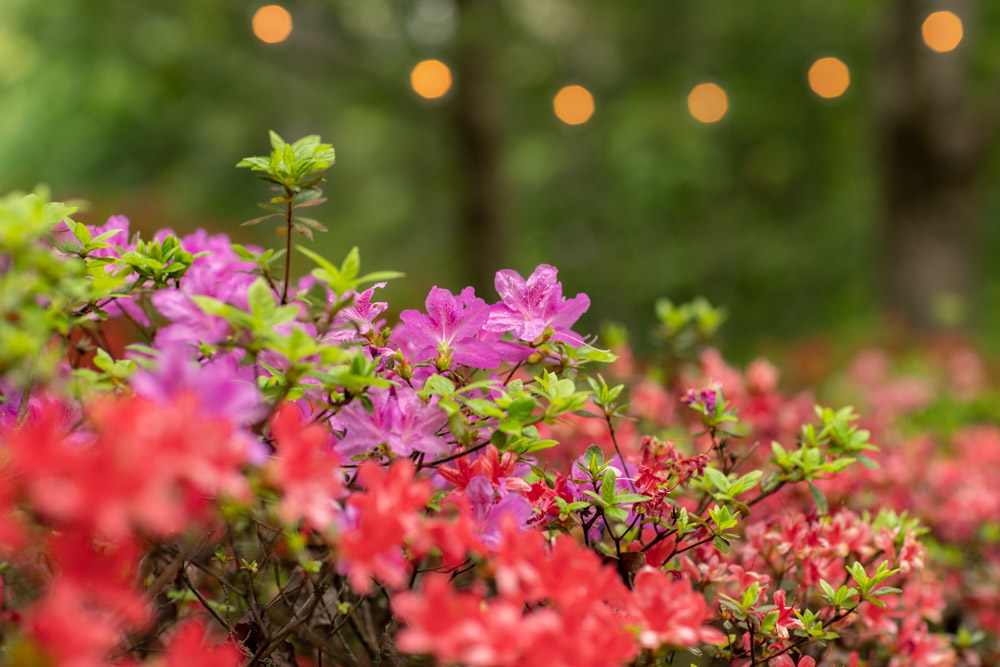
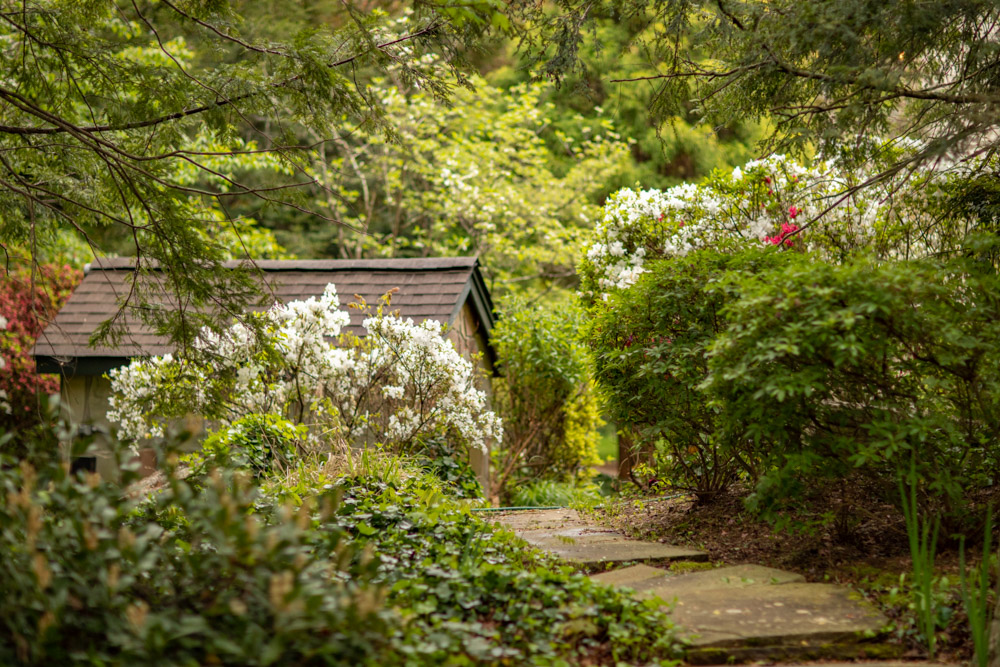
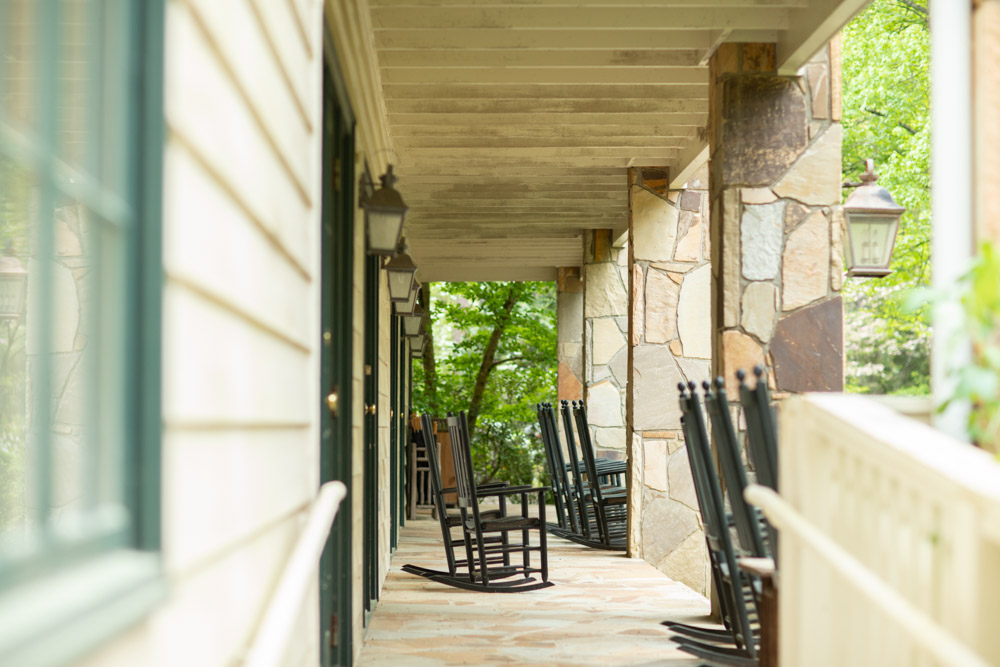
The resort also is home to the Restaurant at RT Lodge, which is one of the best restaurants in the area and open for indoor and outdoor dining Tuesday through Saturday night. Not staying at RT Lodge during your visit to Blount County? No problem; you can still make a dinner reservation there.
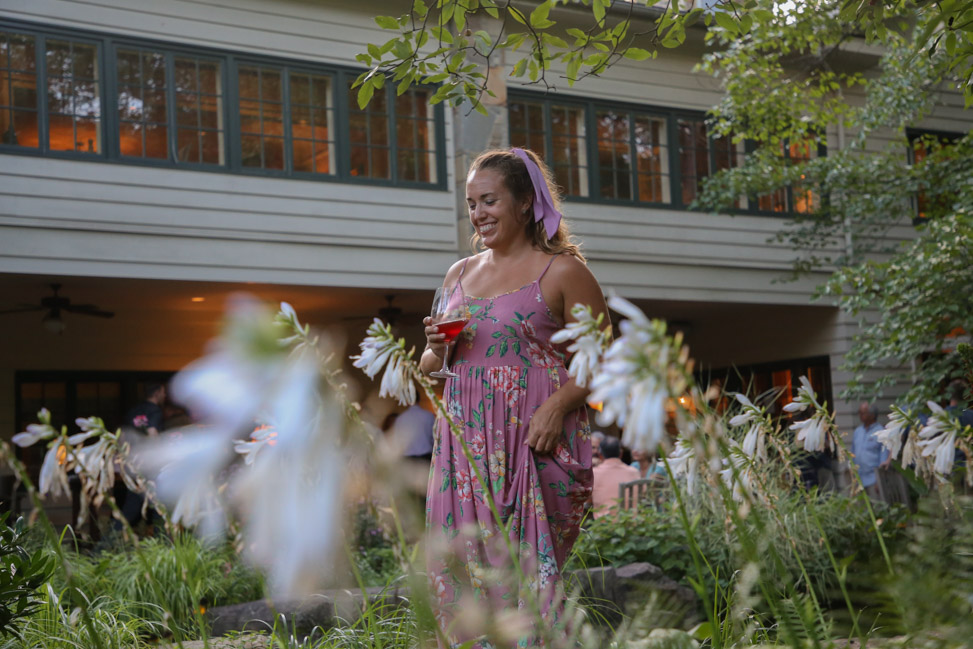
Check rates for RT Lodge here
For luxury travelers: Blackberry Farm in Walland
I wish we were the type of people for whom Blackberry Farm was in our everyday budget, but alas we aren’t there (…yet). It’s definitely a special-occasion kind of place for the everyday traveler, and I’m thrilled we got to experience it once, a few years ago for SVV’s 40th birthday. I would, without reservation, go back there or to the newer sister property, Blackberry Mountain, if my budget allowed.
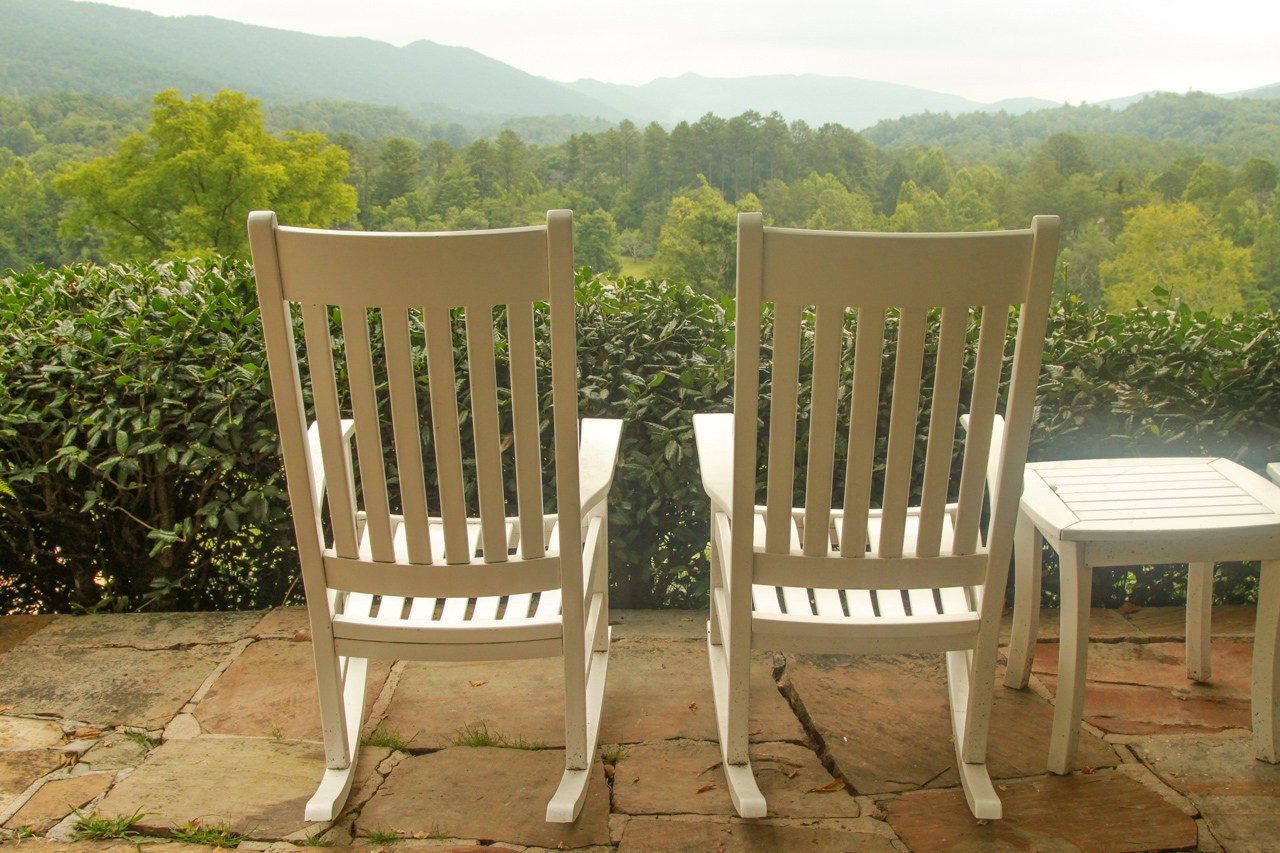
Nothing beats the setting in the foothills of the Smokies, and Walland is just a 10-minute drive from Townsend, so you also have easy access to the mountains. But you’ll likely want to stay on property your whole visit, as between the spa and all the activities on tap—including fishing, yoga, archery, horseback riding and clay-shooting—there’s more than enough to fill your days at the farm.
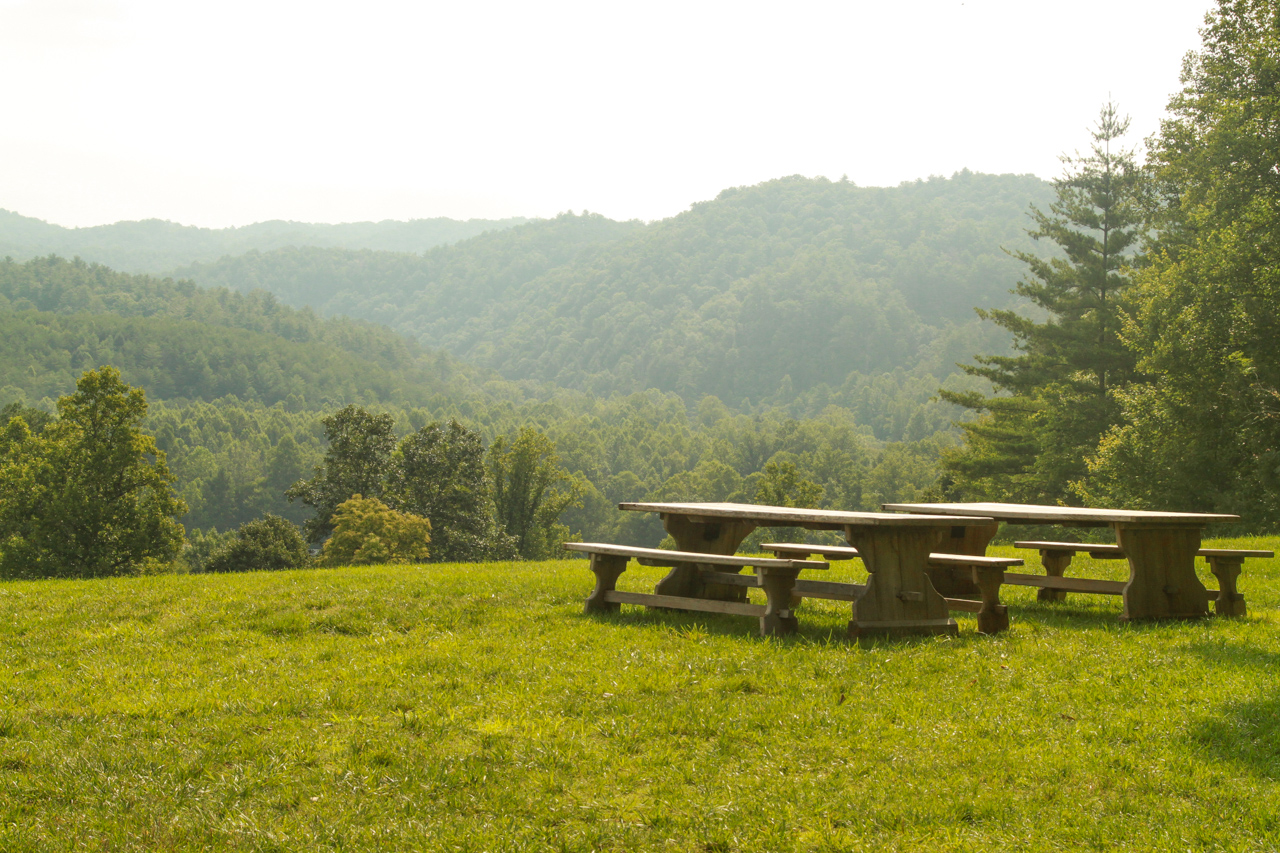
And did I mention there are truffle dogs?
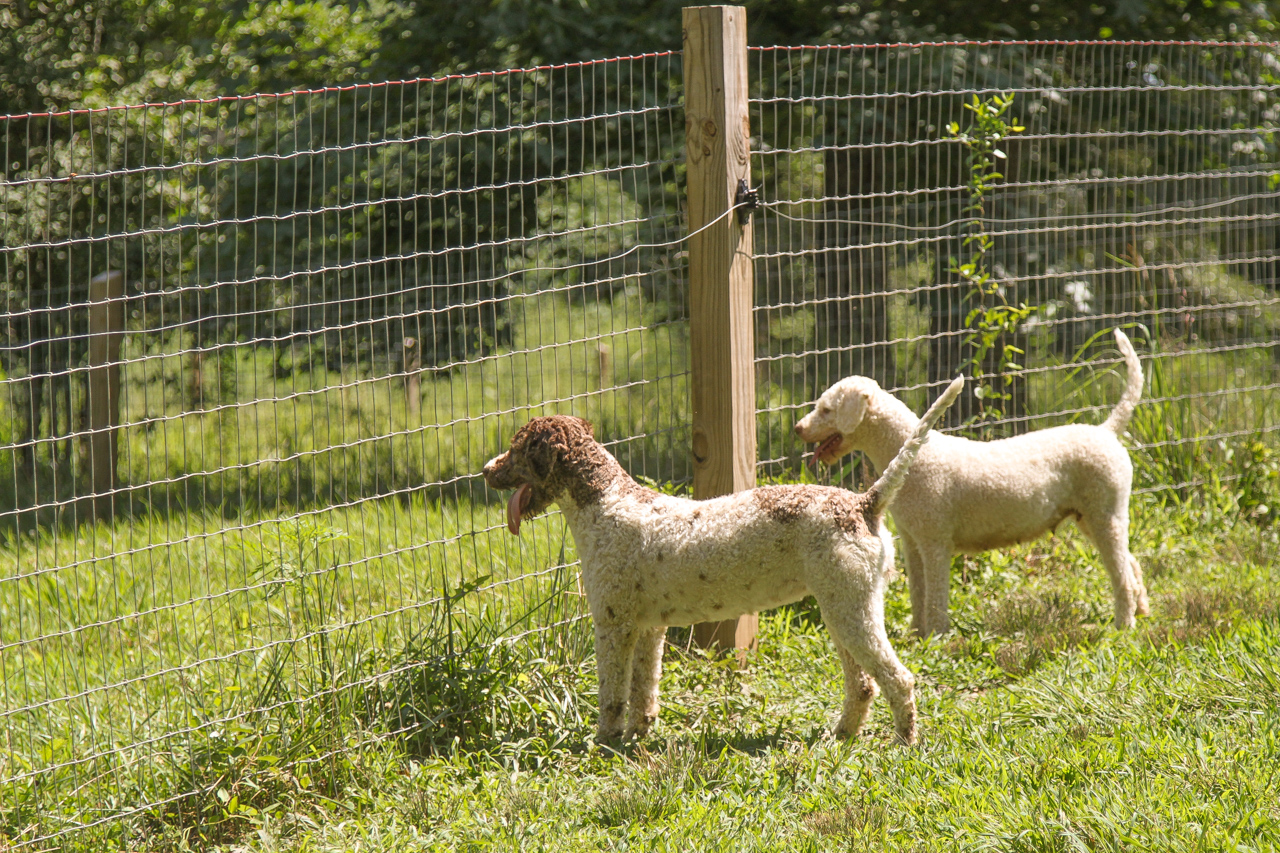
Other places to stay in Maryville, Townsend and the Smokies:
- Hilton Knoxville Airport (free shuttle)
- Holiday Inn Express & Suites Alcoa
- Tru by Hilton Alcoa Knoxville Airport (pet-friendly!)
- Vacation rentals in Maryville
- Vacation rentals in Townsend
- Under Canvas Great Smoky Mountains
Other things to do in the Smokies
Of course you know I love my Smoky Mountain summers as much as I do springs, namely because I can float a river or go whitewater rafting with the best of them, a cooler levitating in its own tube nearby. Pretty soon, it’s going to be warm enough every day to go tubing on the Little River or simply enjoy the Smokies’ various swimming holes. If you have more champagne taste, you may want to see the Smokies via helicopter, an absolute dream.
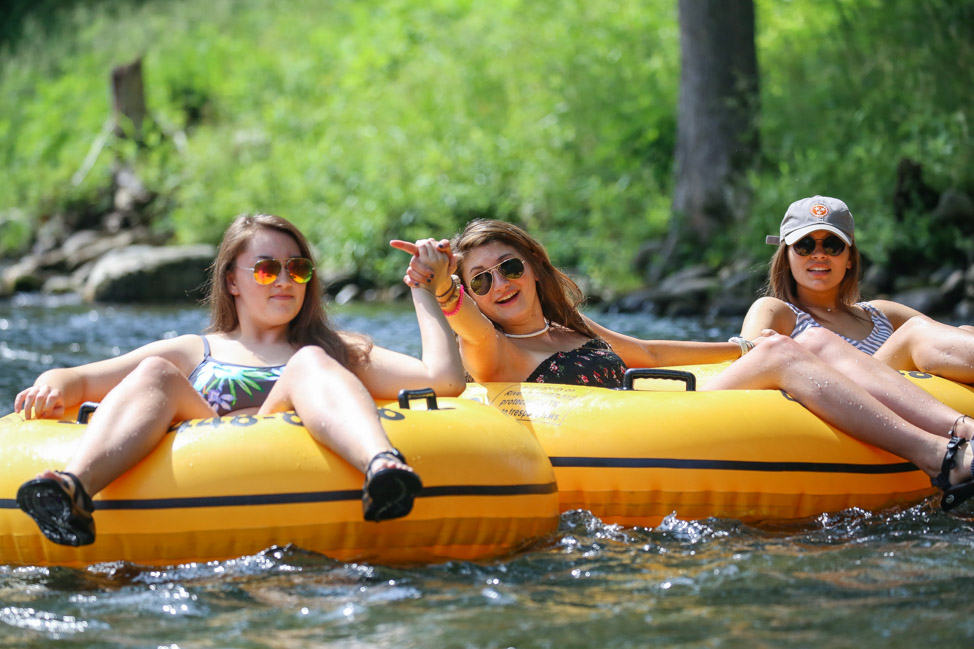
I have plenty of other past guides to tap into if you’re looking for summer activities in the Smokies.
- It’s Not Too Late to Plan That Summer Trip to the Smoky Mountains
- Music, Meals + Makers in the Mountains: A Weekend in Maryville
- Stay in a WWII Airplane Hangar, Train Car or Dolly Camper in the Smokies
- Sipping Our Way Through Tennessee’s Moonshine Culture
SAVE THIS POST FOR LATER
